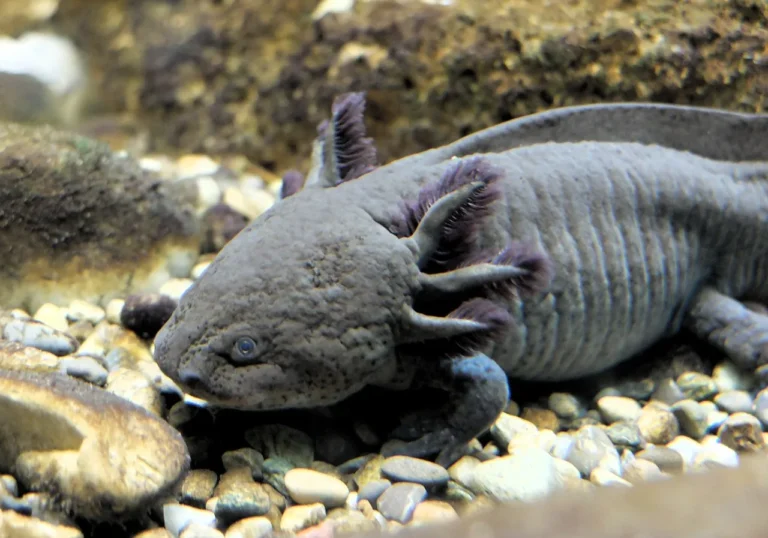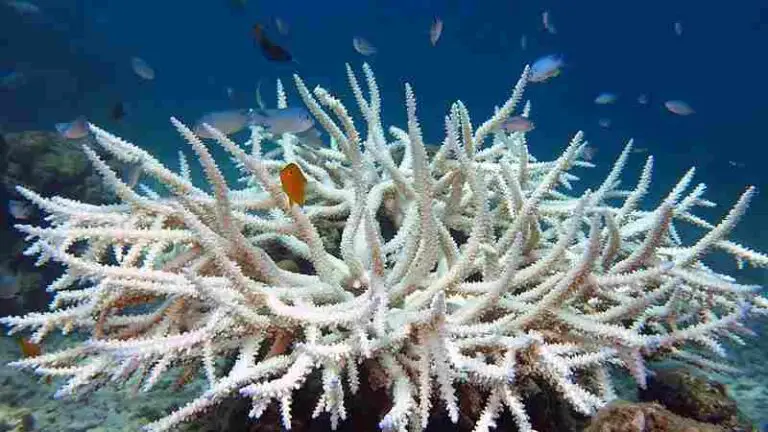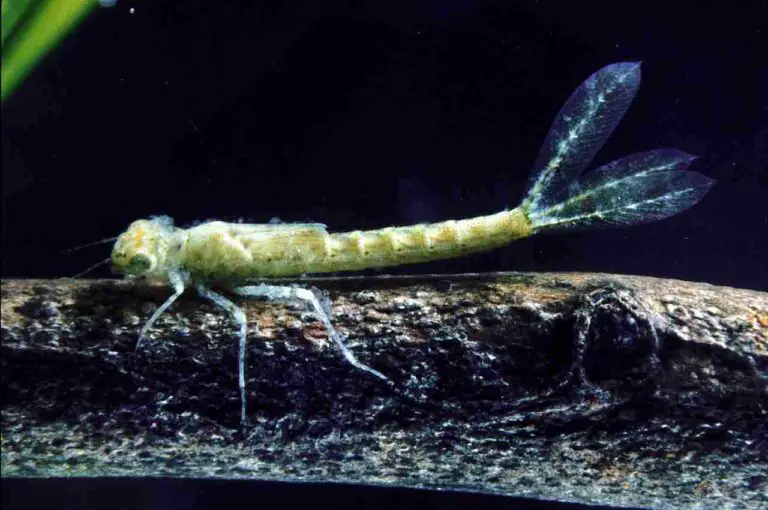Hamster Vs Guinea Pig Vs Gerbil Vs Chinchilla Overall Comparison
Exploring the differences among hamsters, guinea pigs, gerbils, and chinchillas sheds light on the unique characteristics and considerations associated with each small animal, guiding prospective pet owners in making informed decisions.
I. General Characteristics:
– Hamsters are known for their compact size and solitary nature, often displaying nocturnal behavior. Guinea pigs, on the other hand, are larger and more social animals, often living in pairs or groups. Gerbils are energetic creatures, prone to digging and exploring, while chinchillas are known for their soft fur and playful demeanor.
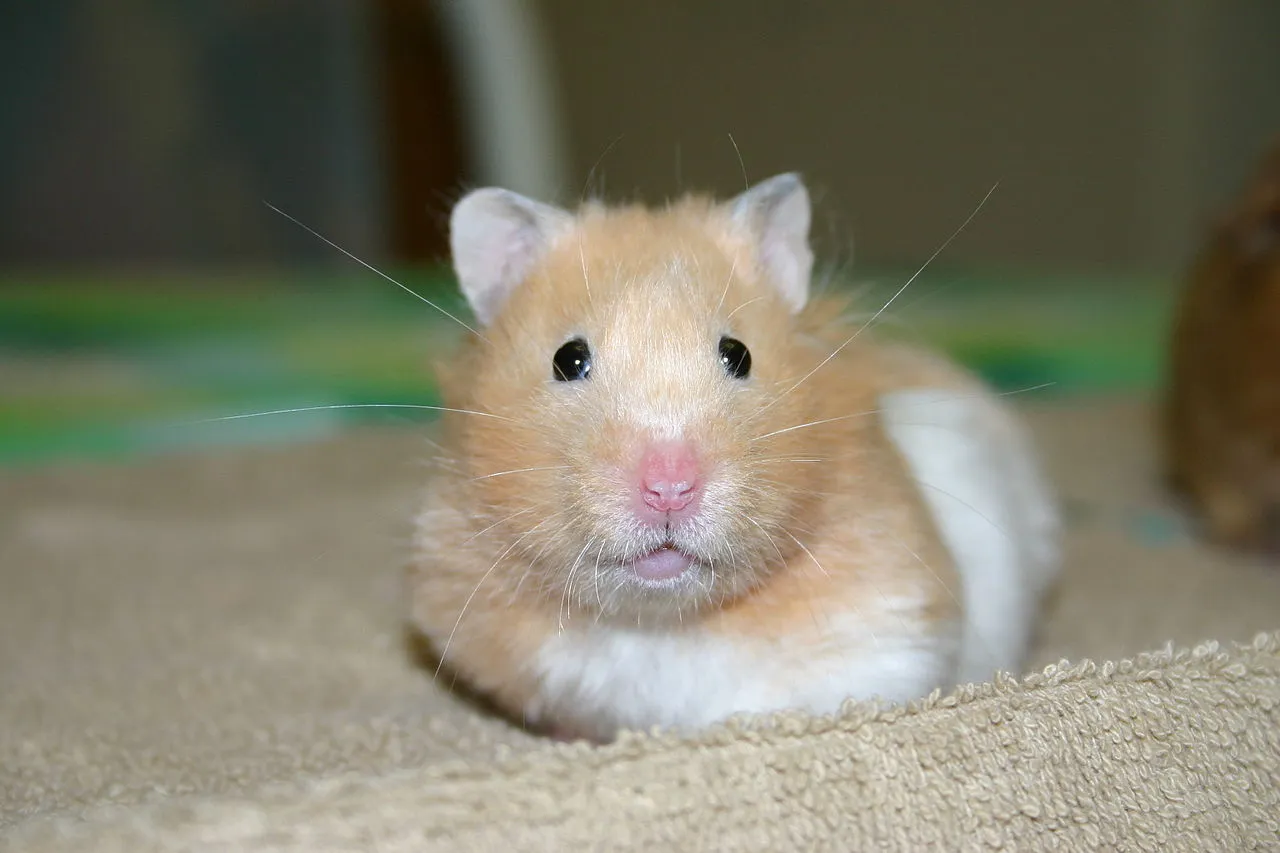
II. Activity Levels and Behavior:
– Hamsters exhibit nocturnal behavior, being most active during the night, while guinea pigs are diurnal, enjoying activity during the day. Gerbils are highly energetic animals, constantly on the move and engaging in digging and burrowing activities. Chinchillas are known for their playful and curious nature, requiring ample space and enrichment for mental stimulation.
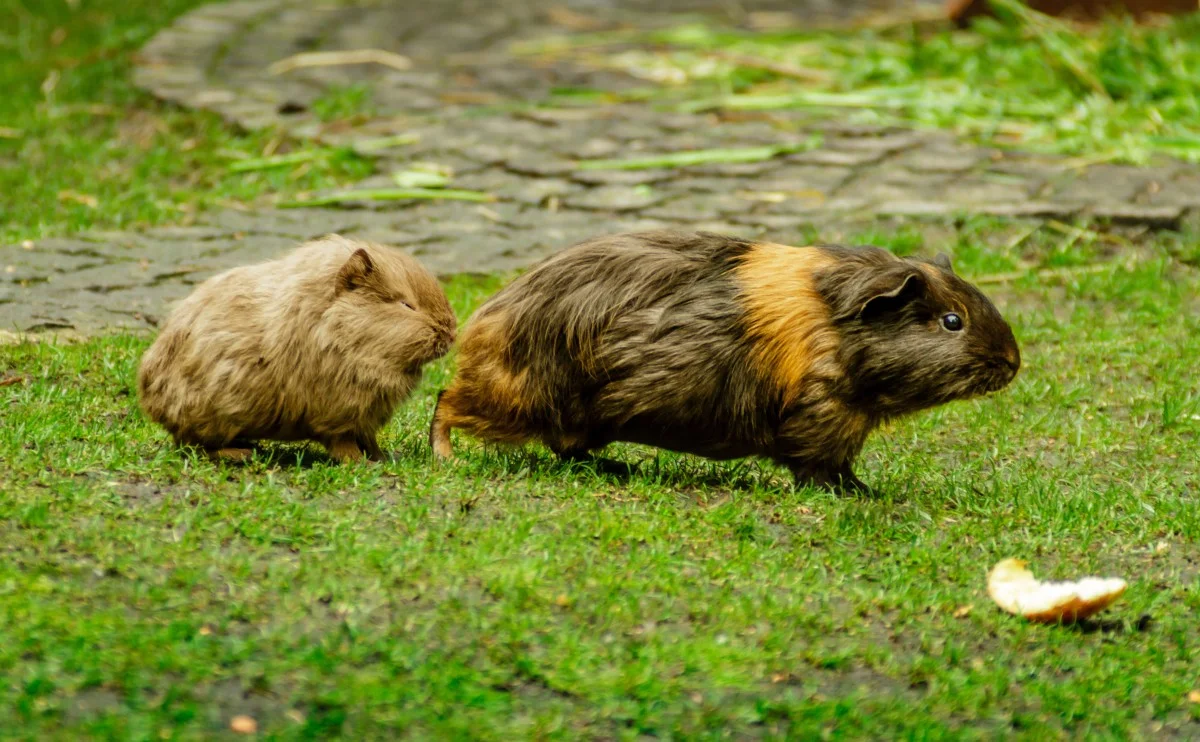
III. Social Dynamics:
– Hamsters are typically solitary animals, preferring to live alone. Guinea pigs thrive in the company of their own kind and often form strong bonds with their cage mates. Gerbils are social animals and are best kept in same-sex pairs or groups to prevent loneliness. Chinchillas are social creatures that enjoy companionship, although they may display territorial behavior towards unfamiliar individuals.
IV. Housing and Environment:
– Hamsters require a secure cage with adequate bedding and hiding places to fulfill their burrowing instincts. Guinea pigs need spacious enclosures with room for exercise and social interaction. Gerbils thrive in habitats with ample space for digging, such as tanks or cages with deep bedding. Chinchillas require large, multi-level cages with platforms and toys to satisfy their active and inquisitive nature.
V. Diet and Nutrition:
– Hamsters are omnivores, consuming a diet of seeds, grains, fruits, and vegetables. Guinea pigs are herbivores, requiring a diet rich in hay, fresh vegetables, and vitamin C supplements. Gerbils are omnivores, enjoying a diet of seeds, grains, and occasional fruits and vegetables. Chinchillas are herbivores, requiring a diet of hay, pellets, and occasional treats like dried fruits and vegetables.
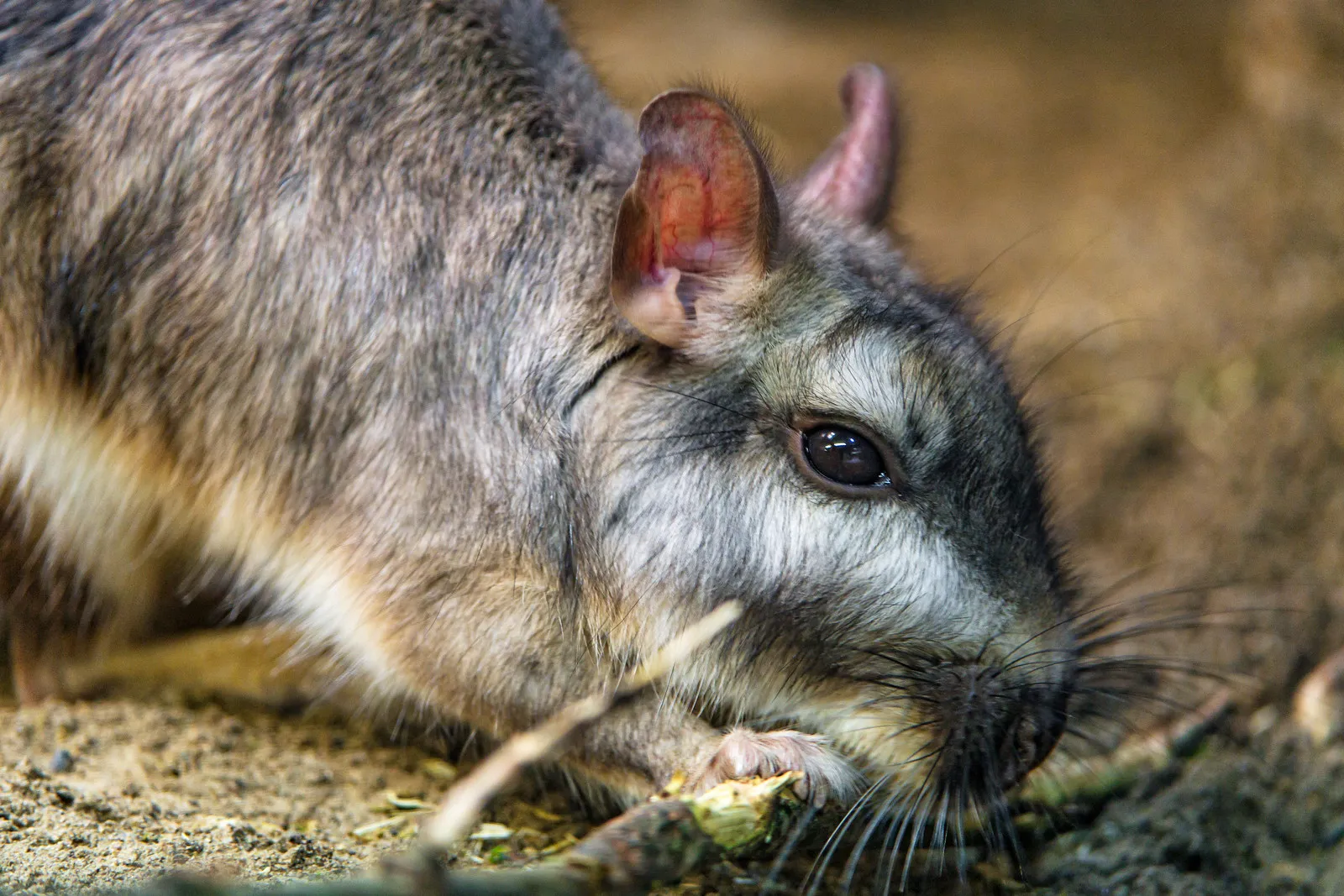
VI. Lifespan and Care Requirements:
– Hamsters typically live for 2-3 years, while guinea pigs have a lifespan of 4-6 years. Gerbils can live for 2-4 years, and chinchillas have a lifespan of 10-15 years with proper care. Each species has specific care requirements related to diet, housing, and socialization, influencing the commitment level of potential owners.
*Details of Comparison
| Criteria | Hamster | Guinea Pig | Gerbil | Chinchilla |
| Taxonomy | Cricetidae, Cricetinae, Mesocricetus | Caviidae, Cavia | Muridae, Gerbillinae (Various genera) |
Chinchillidae, Chinchilla
|
| Appearance | Compact, cheek pouches | Robust, short coat | Slender, tufted tail |
Small, round, bushy tail
|
| Size | 5-7 inches | 8-10 inches | 4-12 inches (species-dependent) | 9-15 inches |
| Weight | 1-7 ounces | 1.5-2.5 pounds | 1-4 ounces |
1.5-2.5 pounds
|
| Dentition and Bite Force | Powerful, adapted for gnawing | Less powerful | Moderate bite force |
Moderate bite for vegetation
|
| Offensive Advantages | Agility, sharp incisors | Limited capabilities | Quick reflexes |
Agility, jumping
|
| Defensive Advantages | Cheek pouches, burrowing | Social behavior | Burrowing, sand kicking |
Dense fur, fur release
|
| Speed | Up to 8 mph | 5 mph | 10 mph | 15 mph |
| Agility | Climbing, flexible | Agile movement | Highly agile, jumping |
Climbing, jumping
|
| Senses | Good smell, hearing; poor eyesight | Excellent hearing, smell; limited eyesight | Good hearing, eyesight, keen smell |
Excellent hearing, eyesight, good smell
|
| Physical Capacity | Burrowing, climbing, running | Navigating through vegetation, social interactions | Agile, strong digging |
Climbing, jumping
|
| Habitat Preference | Grasslands, steppes, deserts | Grassy plains, forest edges | Arid regions, deserts, grasslands |
Andes Mountains, high-altitude rocky areas
|
| Tracks | Burrowing, surface movements | Grazing, resting | Burrow entrances, foraging paths |
Rocky terrain, climbing, jumping
|
| Lifespan | 2-3 years | 5-7 years | 2-4 years | 10-20 years |
| Feeding | Omnivores | Herbivores | Omnivores | Herbivores |
| Intelligence | Limited problem-solving | Socially intelligent | Problem-solving abilities |
Intelligent, curious
|
| Social Behavior | Generally solitary | Social animals | Highly social |
Social with territorial tendencies
|
| Reproduction | Rapid, multiple litters | Longer gestation, fewer offspring | Rapid, multiple litters |
Longer gestation, fewer offspring
|
| Parental Behavior | Protective mothers | Nurturing, both parents involved | Cooperative parental behavior |
Attentive mothers
|
| Proximity to Humans | Common in settlements | Domesticated as pets | Domesticated as pets, wild in human-altered landscapes |
Kept as pets, wild in natural habitats
|
| Behavior Toward Humans | Not dangerous, may bite if threatened | Gentle and sociable | Not dangerous, may bite if stressed |
Reserved, may bite if frightened
|
| Danger Posed to Humans | Generally not dangerous, may bite if threatened | Rarely dangerous, gentle | Generally not dangerous, may bite if mishandled |
Unlikely to be dangerous, may bite if agitated
|
| Precautions | Handle with care, secure enclosure | Safe handling, monitor health | Gentle handling, secure cage |
Patient approach, secure cage
|
| Conservation Status | Varies; some species endangered | Not a concern; stable populations | Varies; some may face threats |
Critically endangered due to habitat loss and hunting
|
Key Points
- Diversity: Each species exhibits unique characteristics and adaptations suited to its ecological niche.
- Ecological Roles: Varied feeding habits, behaviors, and habitats contribute to their roles in ecosystems.
- Domestication: Guinea pigs and gerbils are commonly kept as pets, influencing their proximity to human-inhabited areas.
- Conservation Concern: Some chinchilla species face critical endangerment due to human activities.
- Human Interaction: Behavior toward humans varies, requiring specific handling precautions.
- Reproduction: Diverse reproductive strategies impact population dynamics.
- Physical Traits: Variances in size, weight, and physical abilities are adaptations to different environments.
1. Taxonomy:
Hamster:
Family: Cricetidae
Subfamily: Cricetinae
Genus: Mesocricetus
Guinea Pig:
Family: Caviidae
Genus: Cavia
Gerbil:
Family: Muridae
Subfamily: Gerbillinae
Various genera (e.g., Meriones, Gerbillus)
Chinchilla:
Family: Chinchillidae
Genus: Chinchilla
2. Appearance:
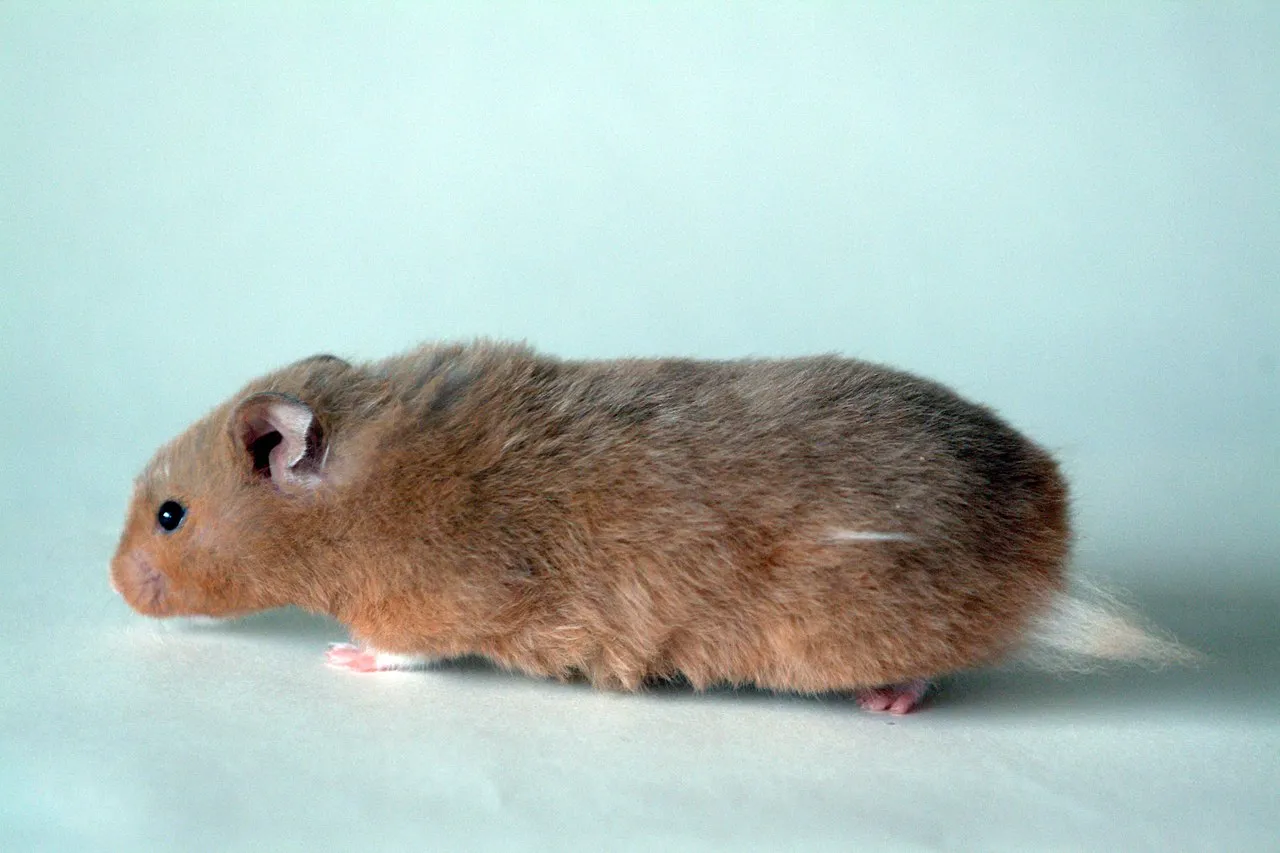
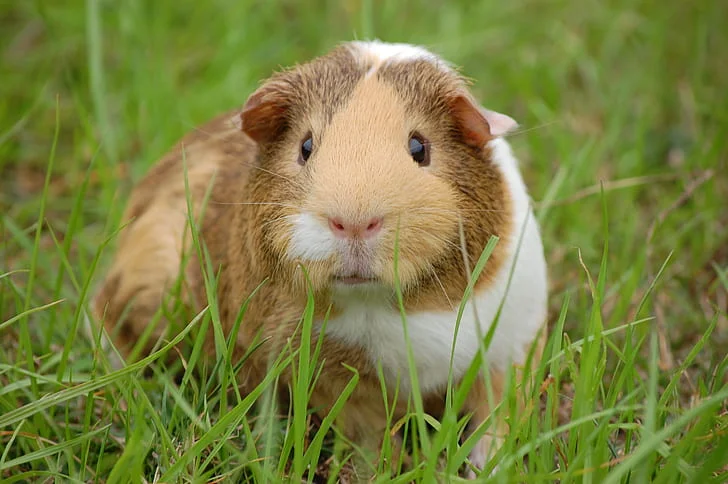
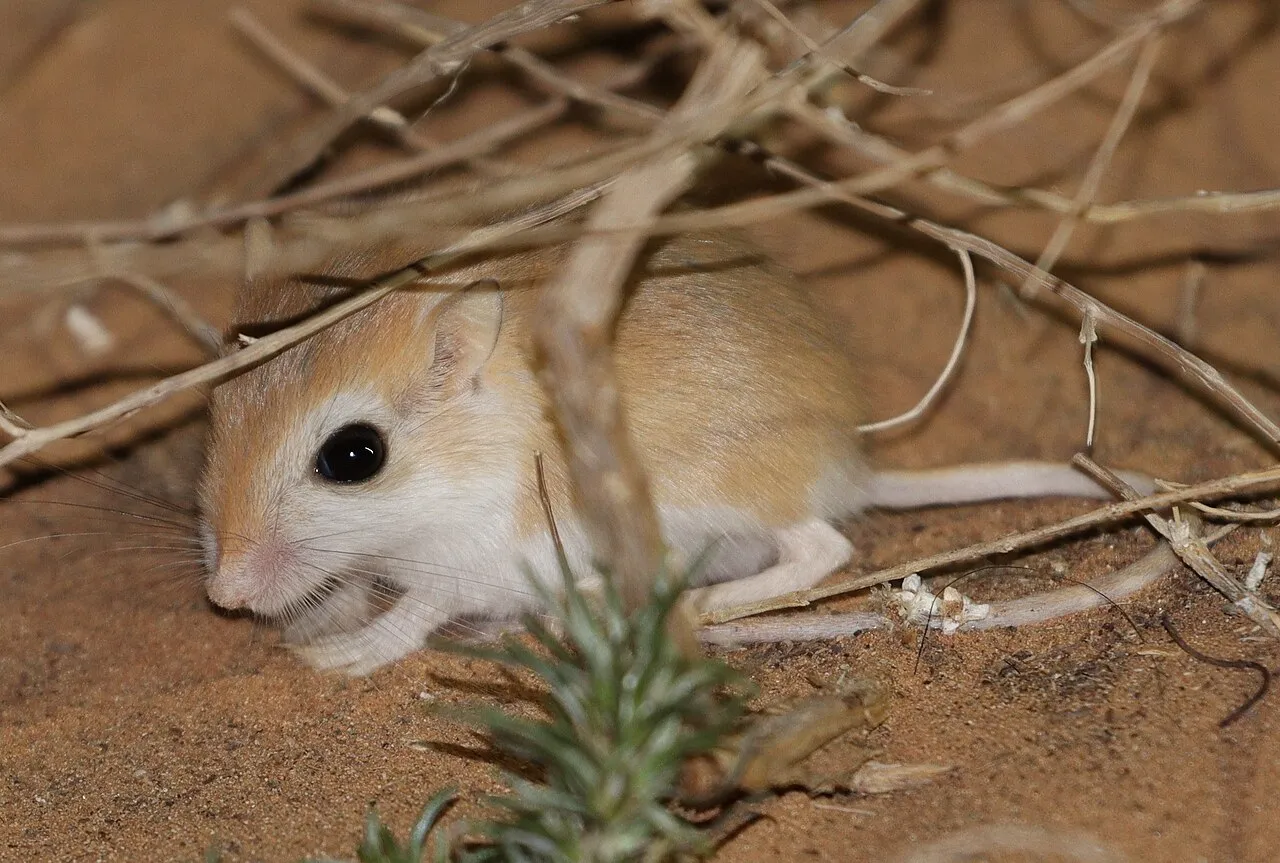
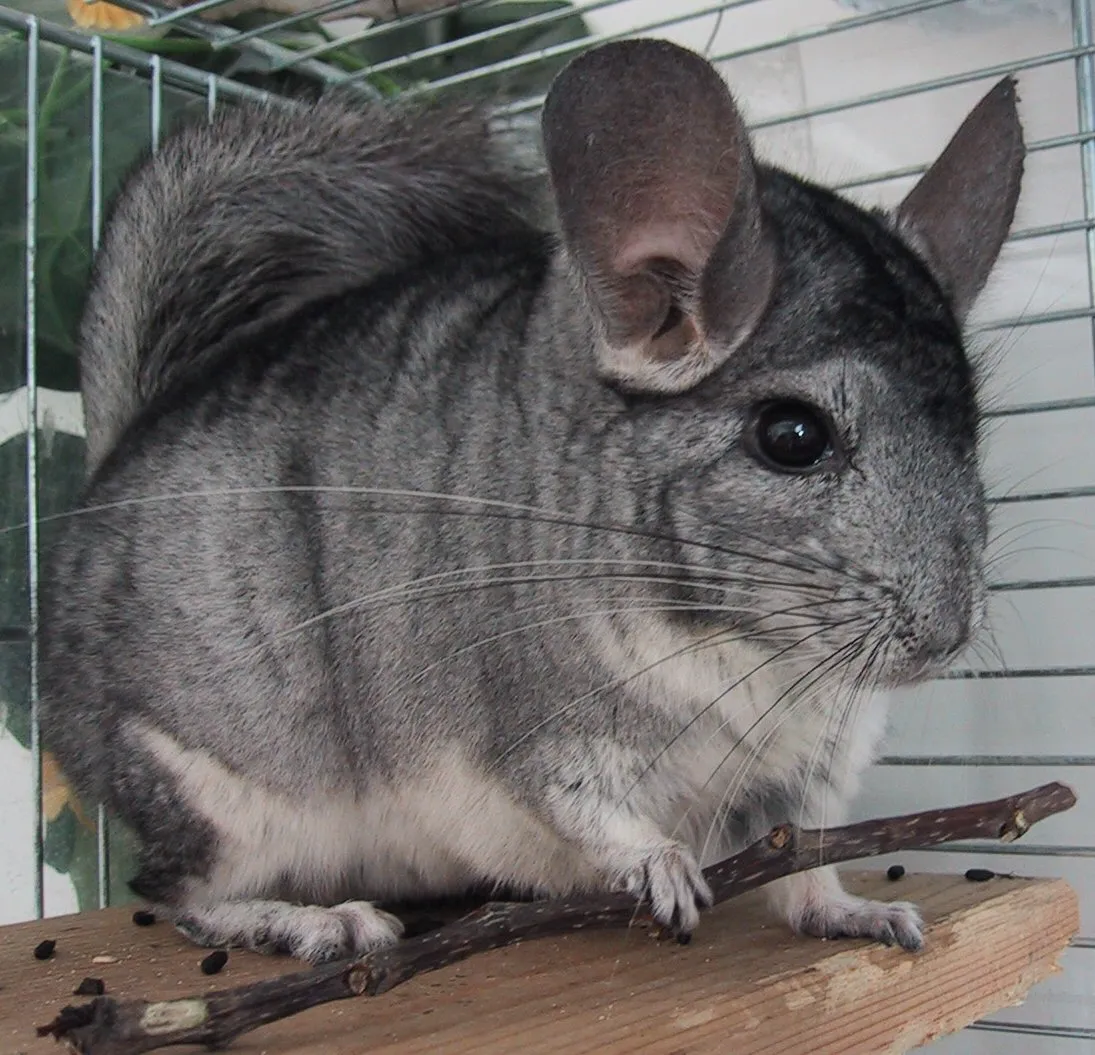
Hamster:
Compact, furry body with a short tail.
Distinguished cheek pouches for food storage.
Guinea Pig:
Larger, robust body with a short, stout nose.
Characterized by a relatively short, smooth coat.
Gerbil:
Slender body, long tail, and large eyes.
Fur is soft, with a distinctively long, tufted tail.
Chinchilla:
Small, round body covered in dense, soft fur.
Prominent ears and a bushy tail, adapted for their high-altitude habitats.
3. Size:
Hamster:
Typically 5 to 7 inches in length.
Guinea Pig:
Averages 8 to 10 inches long.
Gerbil:
Ranges from 4 to 12 inches in length, depending on the species.
Chinchilla:
Compact, approximately 9 to 15 inches in length.
4. Weight:
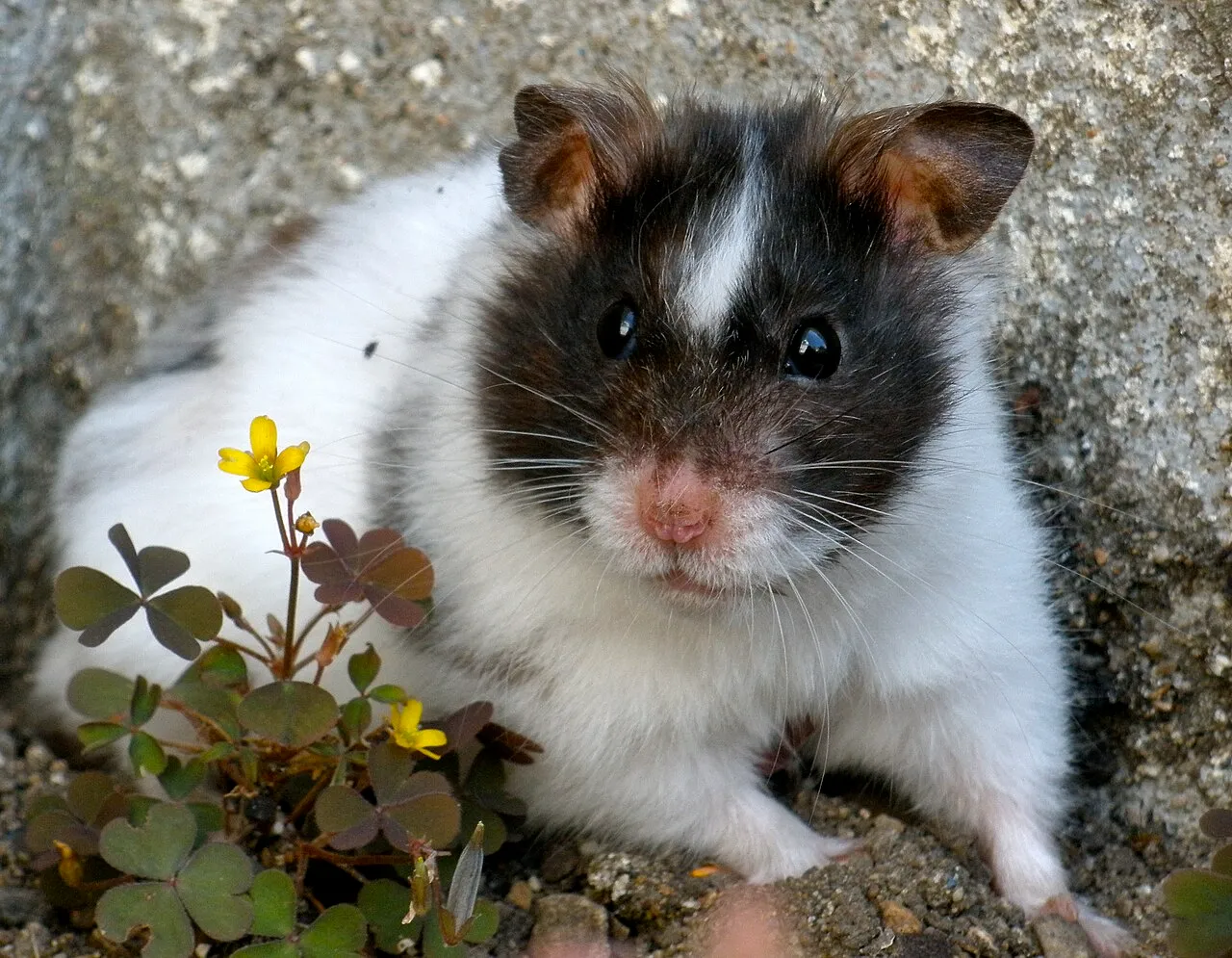
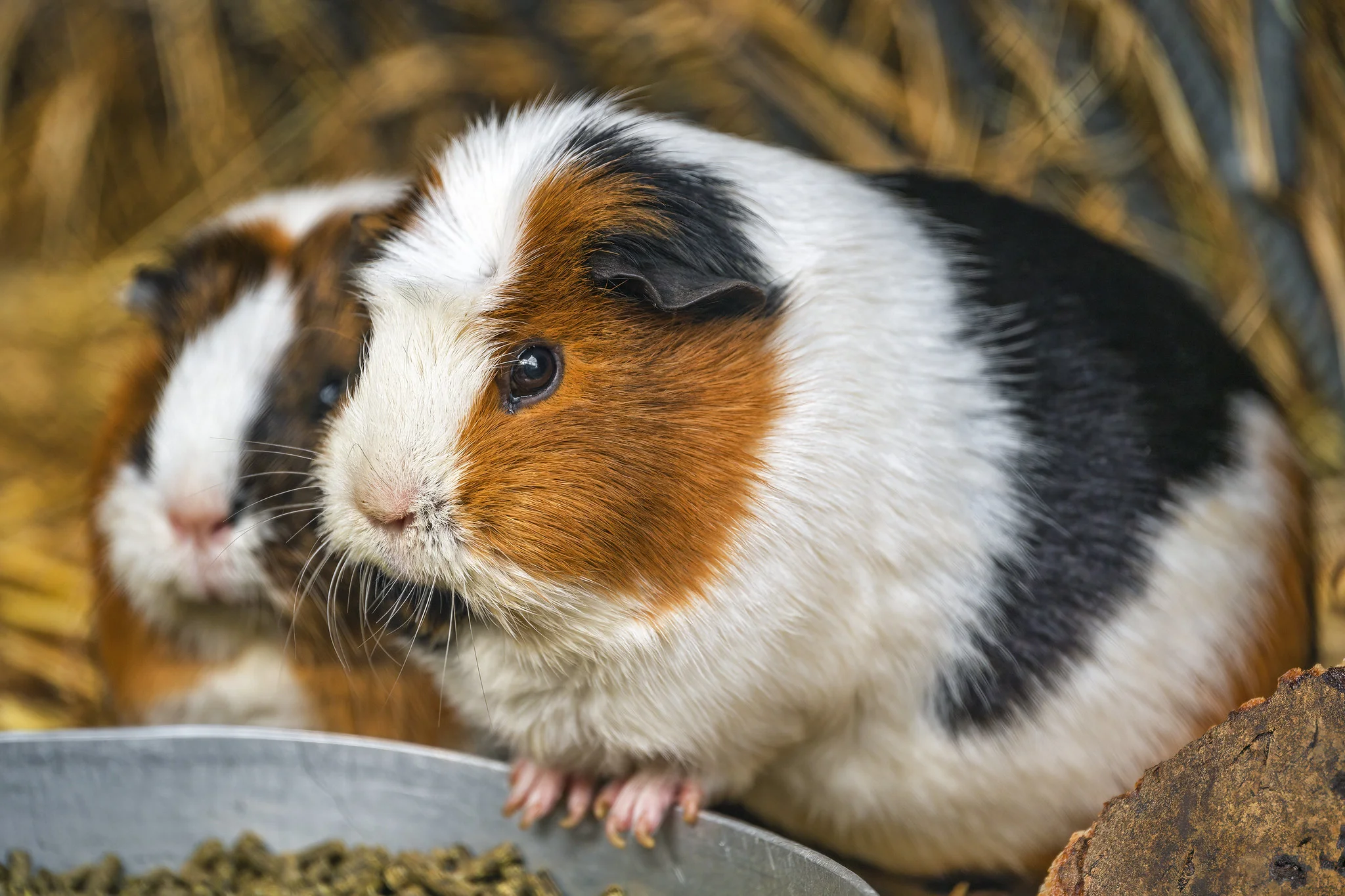
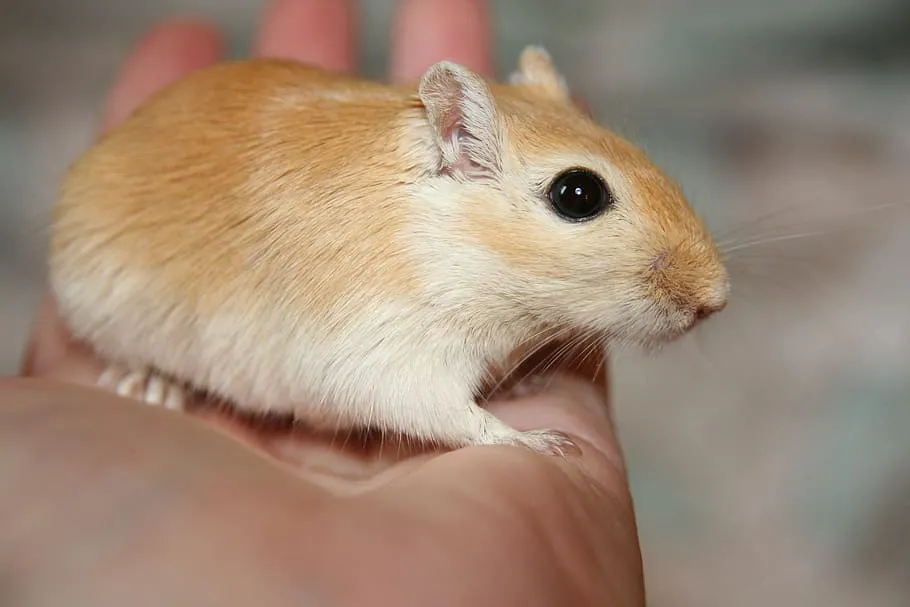
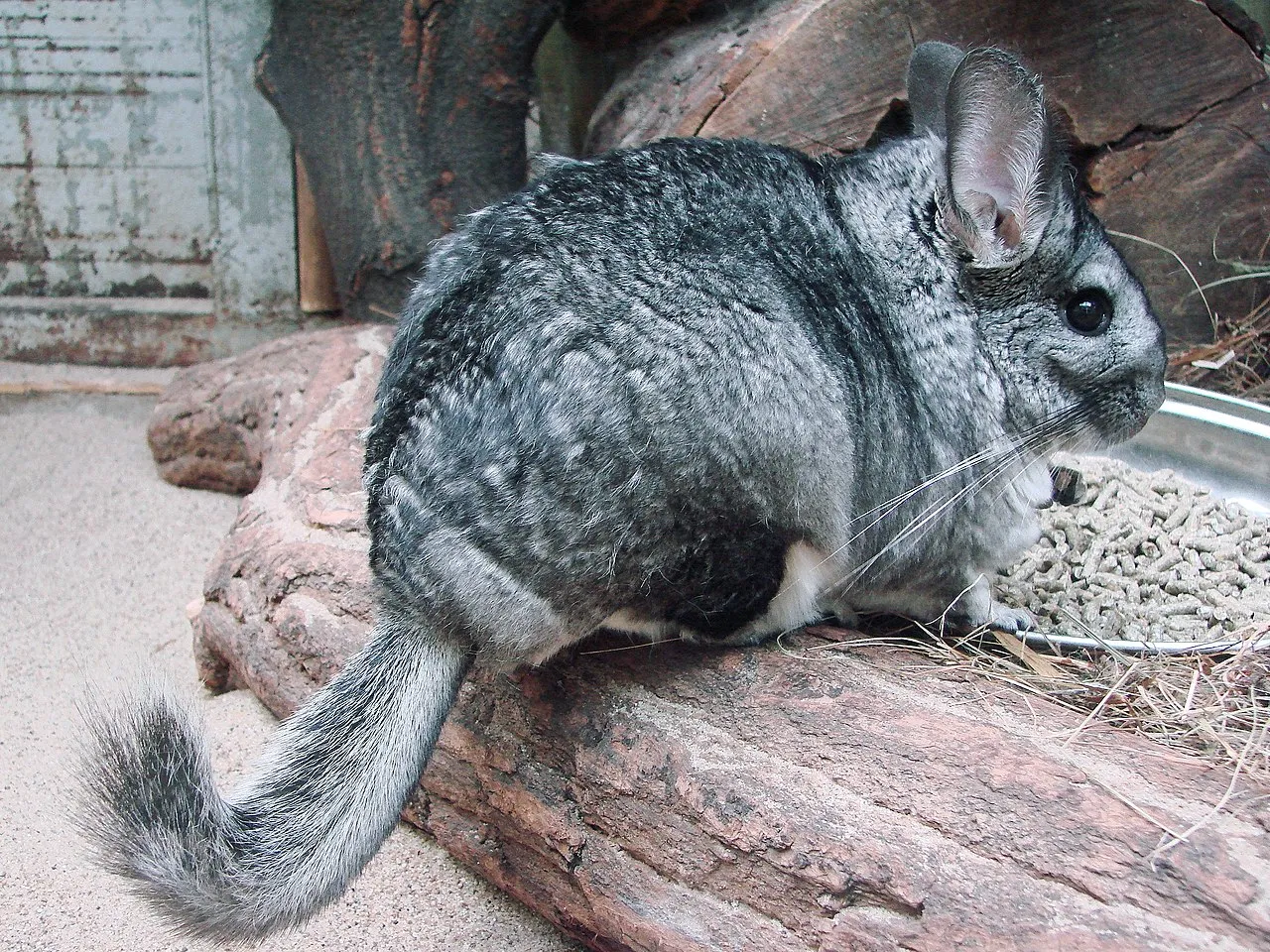
Hamster:
Varies between 1 to 7 ounces.
Guinea Pig:
Typically weighs between 1.5 to 2.5 pounds.
Gerbil:
Weights can range from 1 to 4 ounces.
Chinchilla:
Heavier, averaging 1.5 to 2.5 pounds.
5. Dentition and Bite Force (PSI):
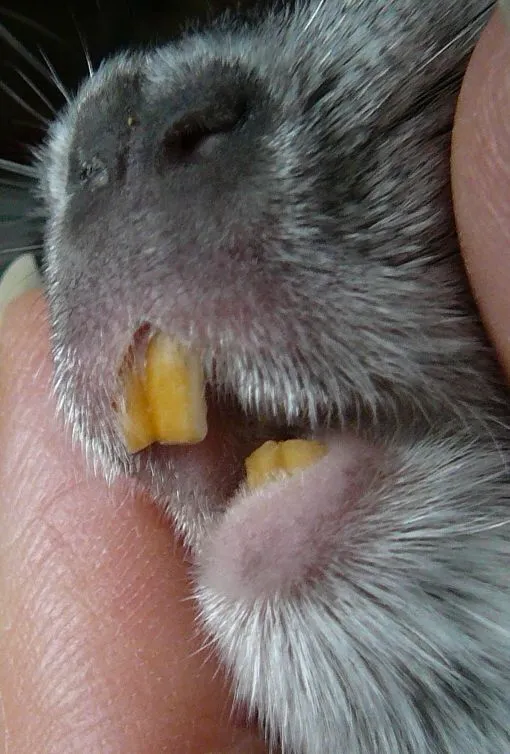
Hamster:
Incisors continuously grow, powerful bite force adapted for gnawing.
Guinea Pig:
Continuously growing incisors, but less powerful bite force compared to hamsters.
Gerbil:
Well-developed incisors for gnawing, with a moderate bite force.
Chinchilla:
Adapted for chewing fibrous vegetation, incisors continuously grow, and bite force is moderate.
Ecological Implications:
Hamsters and gerbils play a role in controlling insect populations due to their burrowing behavior.
Guinea pigs are herbivores, contributing to plant control in their natural habitats.
Chinchillas are adapted to high-altitude environments, influencing plant ecology in these regions.
6. Physical Offensive Advantages:
Hamster:
Sharp incisors and agility, useful for escaping predators or capturing prey.
Guinea Pig:
Limited offensive capabilities; relies more on social behavior and communication for defense.
Gerbil:
Quick reflexes and ability to escape through small openings provide defensive advantages.
Chinchilla:
Agile and can jump to escape predators, relying on their speed and sharp incisors if needed.
7. Physical Defensive Advantages:
Hamster:
Cheek pouches can be used to store food for later consumption, aiding survival in resource-scarce environments.
Guinea Pig:
Social behavior and vocalizations act as a form of defense, signaling potential threats to the group.
Gerbil:
Burrowing skills and agility help them evade predators, and they can kick up sand as a defensive tactic.
Chinchilla:
Dense, soft fur provides insulation against cold temperatures, and they can release fur if grasped by a predator.
8. Speed (Km/hour or Mile/hour):
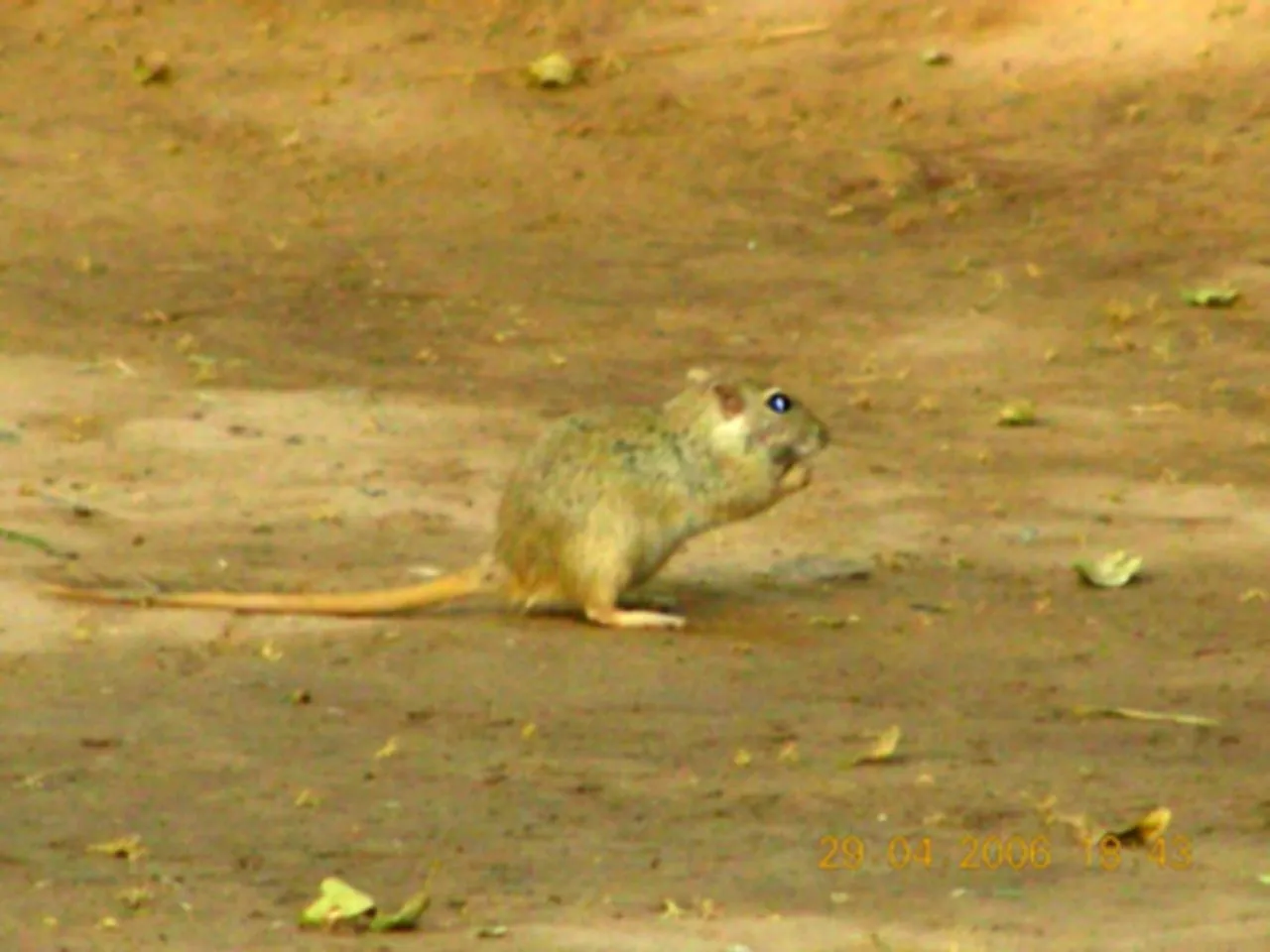
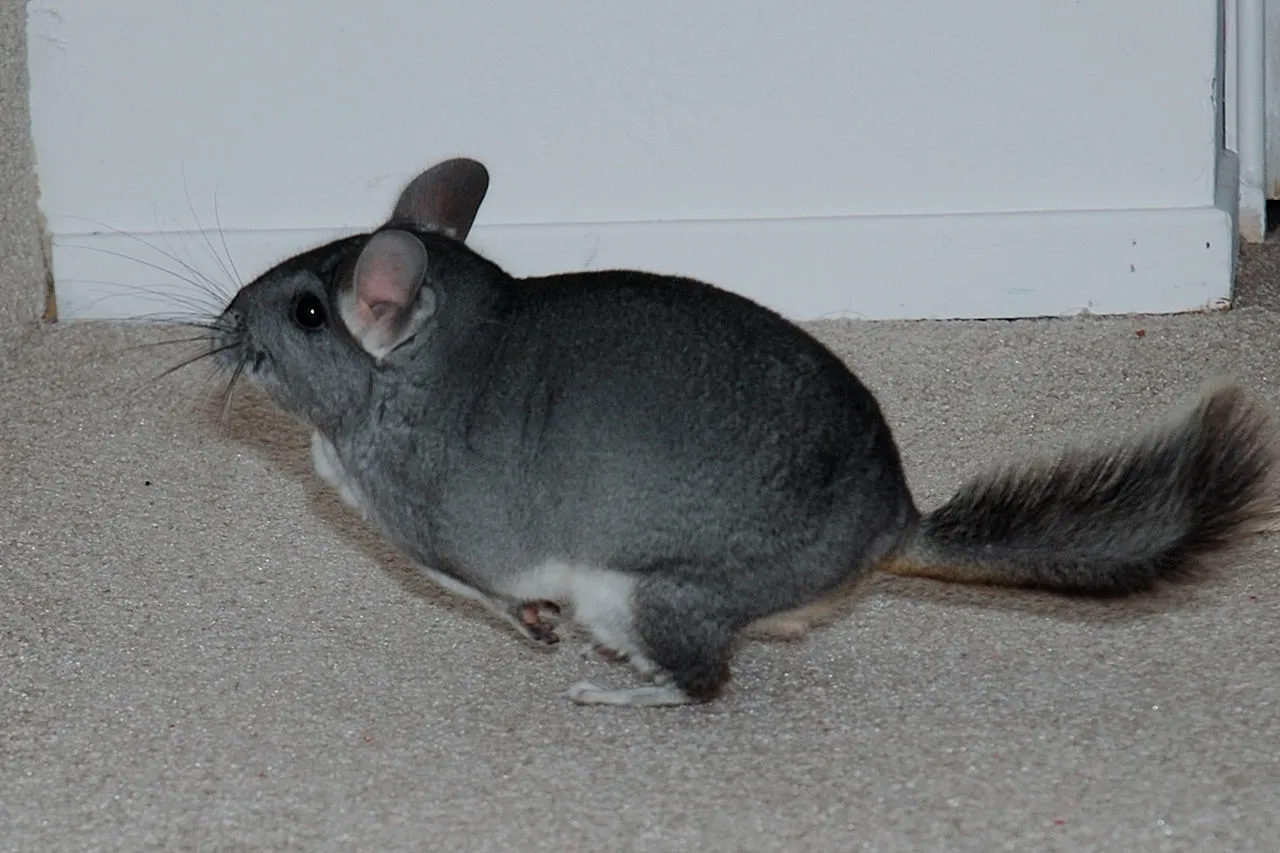
Hamster:
Capable of running at speeds up to 8 miles per hour.
Guinea Pig:
Relatively slower, with an average speed of 5 miles per hour.
Gerbil:
Agile and fast runners, reaching speeds of 10 miles per hour.
Chinchilla:
Quick and agile, can reach speeds of 15 miles per hour.
9. Agility:
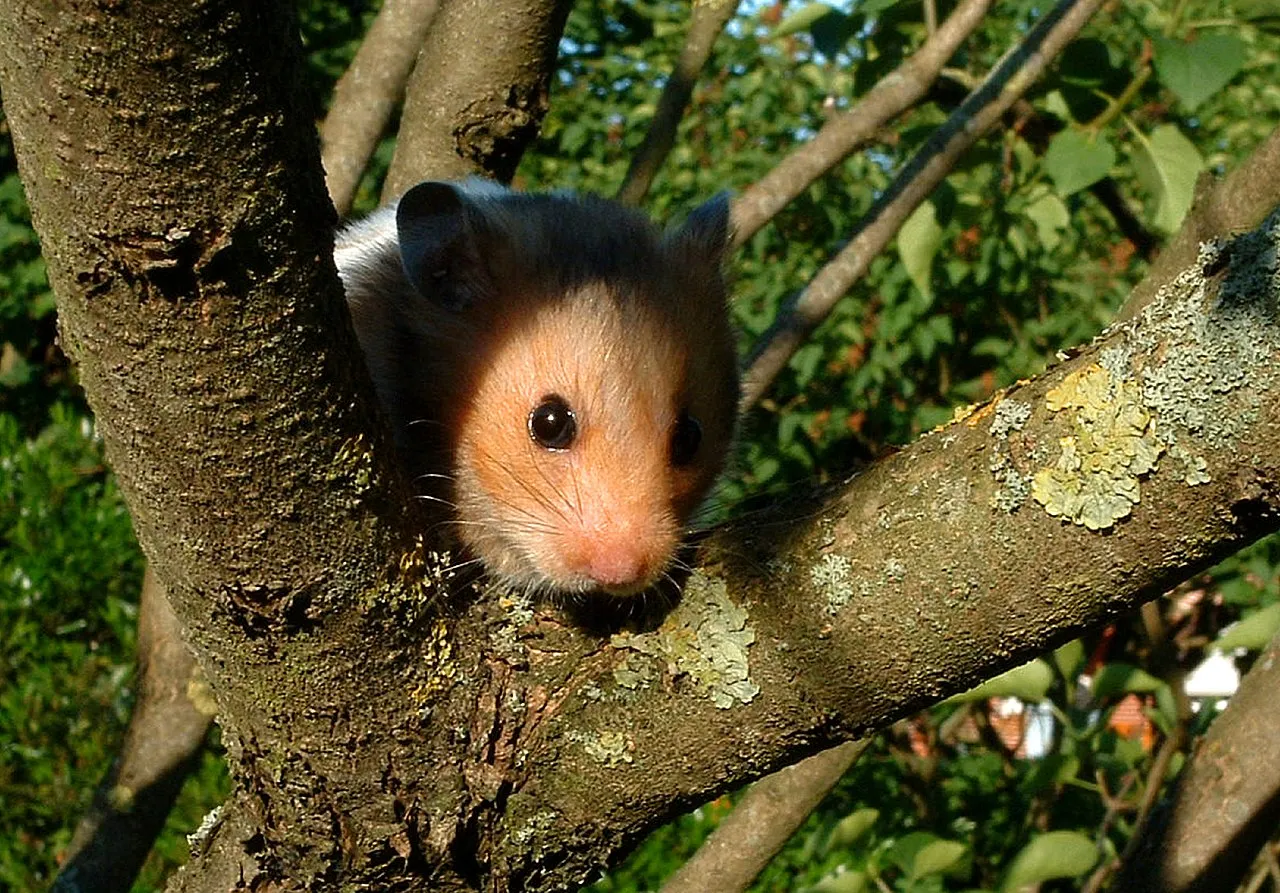
Hamster:
Excellent climbers and can squeeze through small openings due to their flexible bodies.
Guinea Pig:
Agile in their movements, capable of navigating through obstacles.
Gerbil:
Highly agile, with the ability to jump, dig, and navigate complex environments.
Chinchilla:
Exceptionally agile, known for their ability to jump and climb, especially in rocky terrains.
Ecological Implications:
The agility and speed of these small mammals contribute to their survival in the wild by aiding in escape from predators or capturing prey.
Defensive strategies, such as burrowing and vocalizations, help deter predators and ensure the safety of these animals in their respective habitats.
10. Senses:
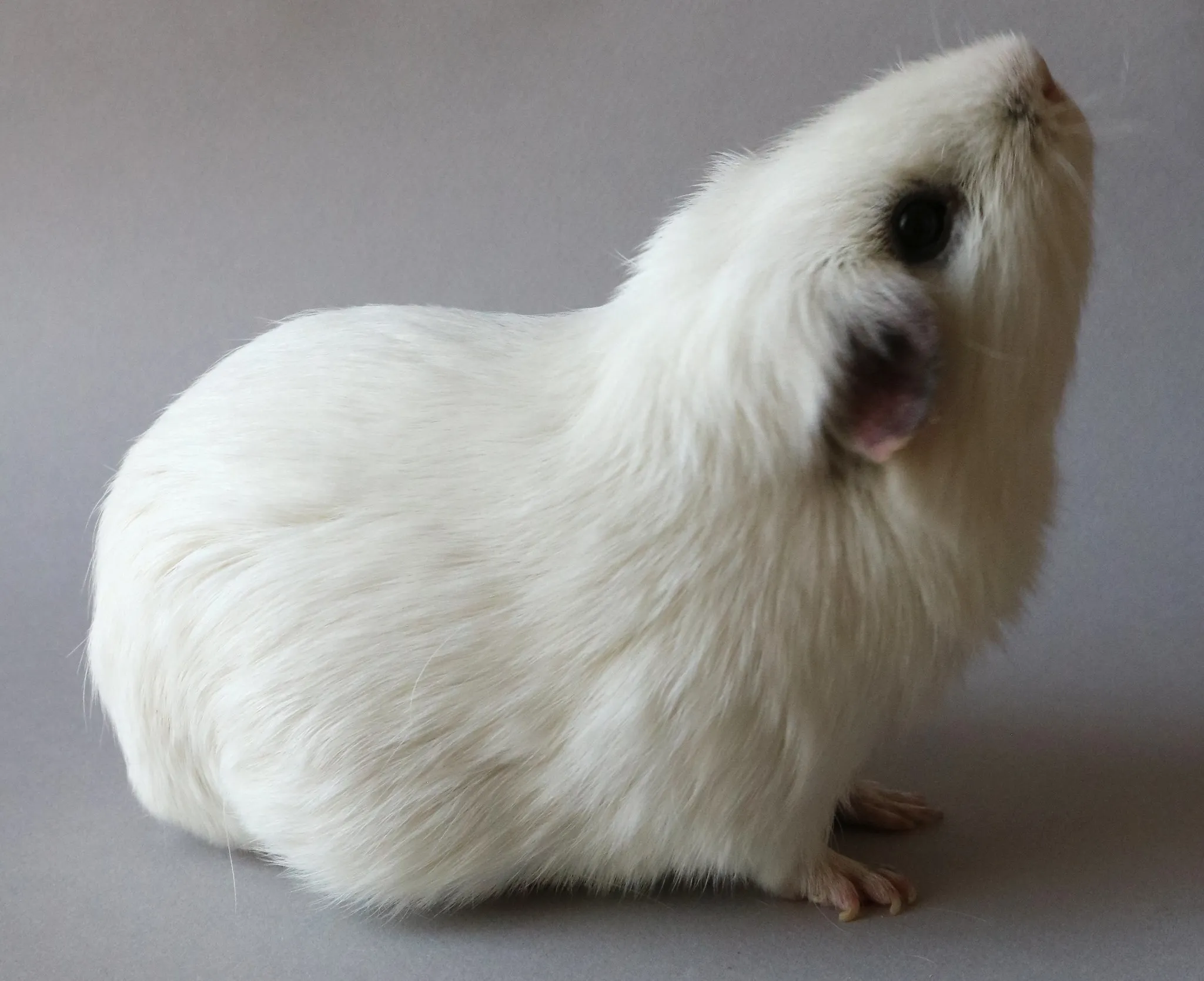
Hamster:
Good sense of smell and hearing, with relatively poor eyesight.
Guinea Pig:
Excellent sense of hearing and smell, but their eyesight is limited.
Gerbil:
Well-developed sense of hearing, good eyesight, and a keen sense of smell.
Chinchilla:
Excellent hearing and eyesight, with a well-developed sense of smell.
11. Overall Physical Capacity:
Hamster:
Well-adapted for burrowing, climbing, and running.
Guinea Pig:
Suited for navigating through vegetation and social interactions.
Gerbil:
Agile, with strong digging and burrowing abilities.
Chinchilla:
Excellently adapted for climbing and jumping, especially in rocky environments.
12. Habitat Preference(s) and Geographic Region:
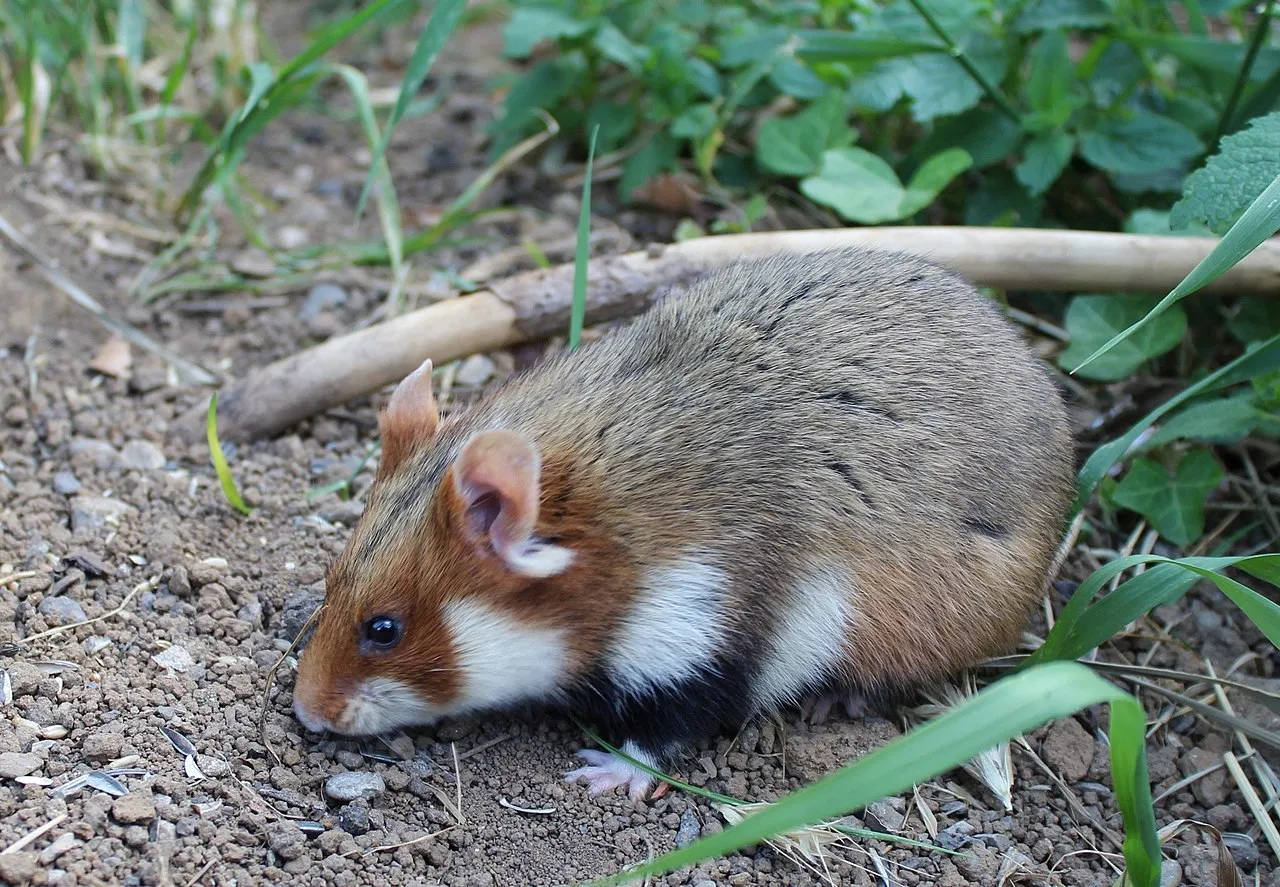
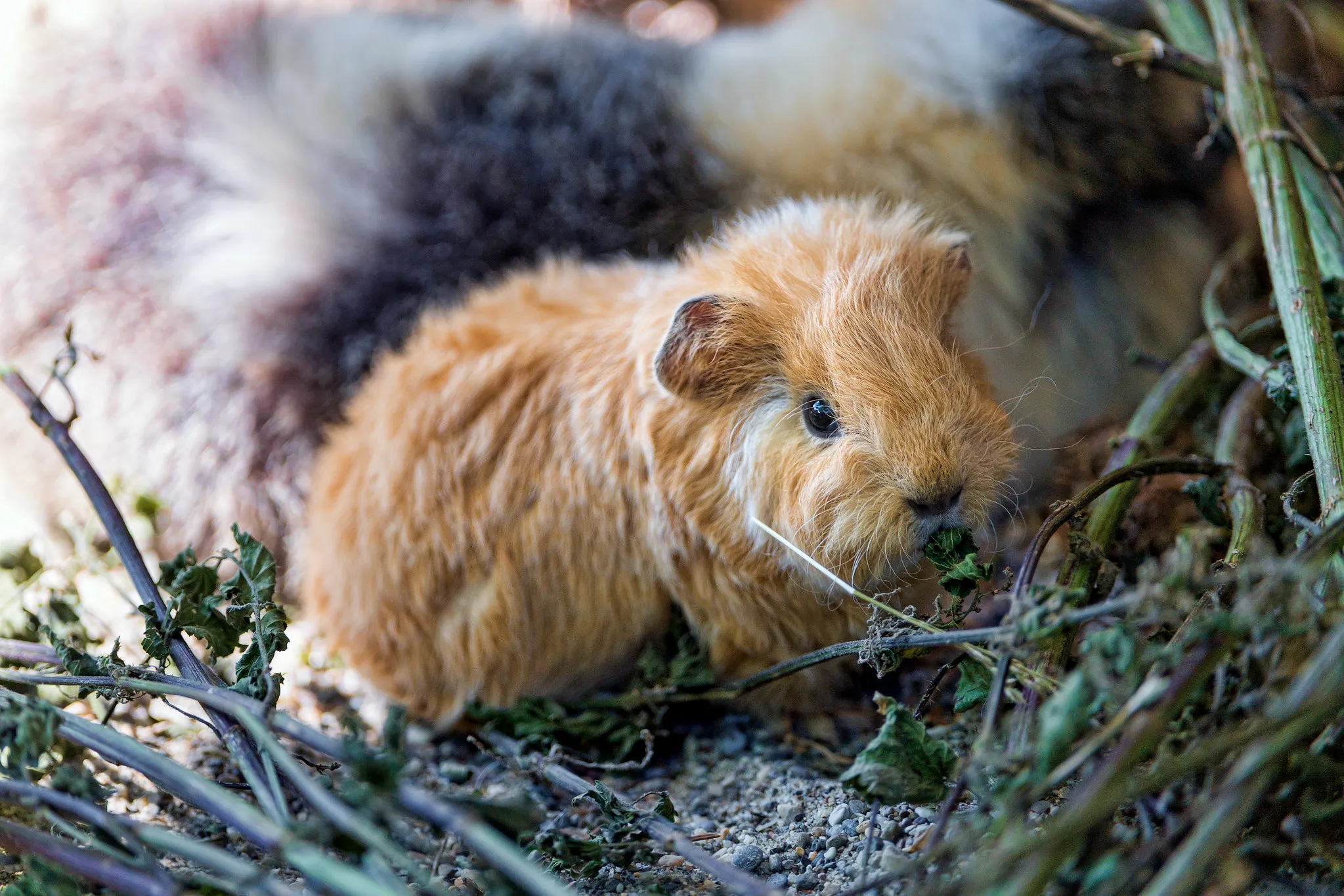
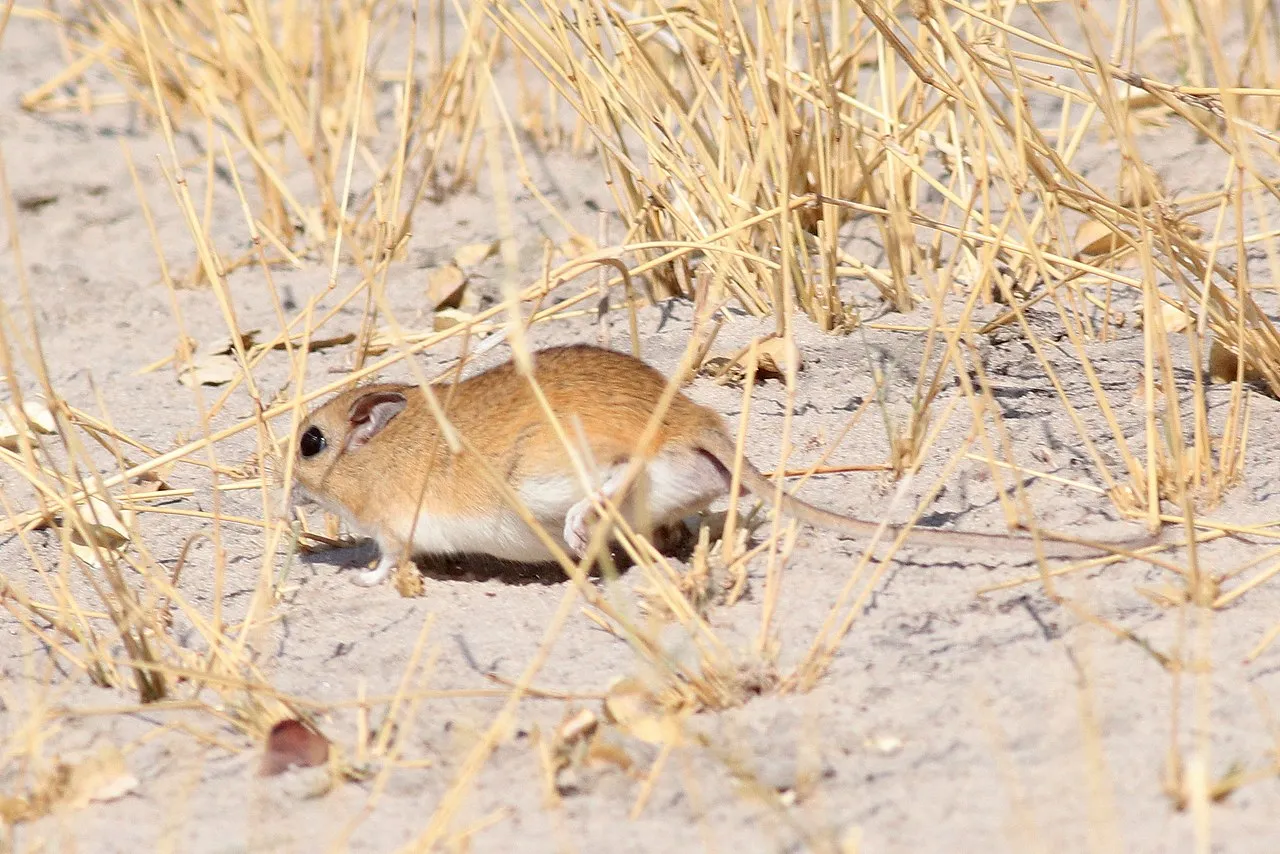
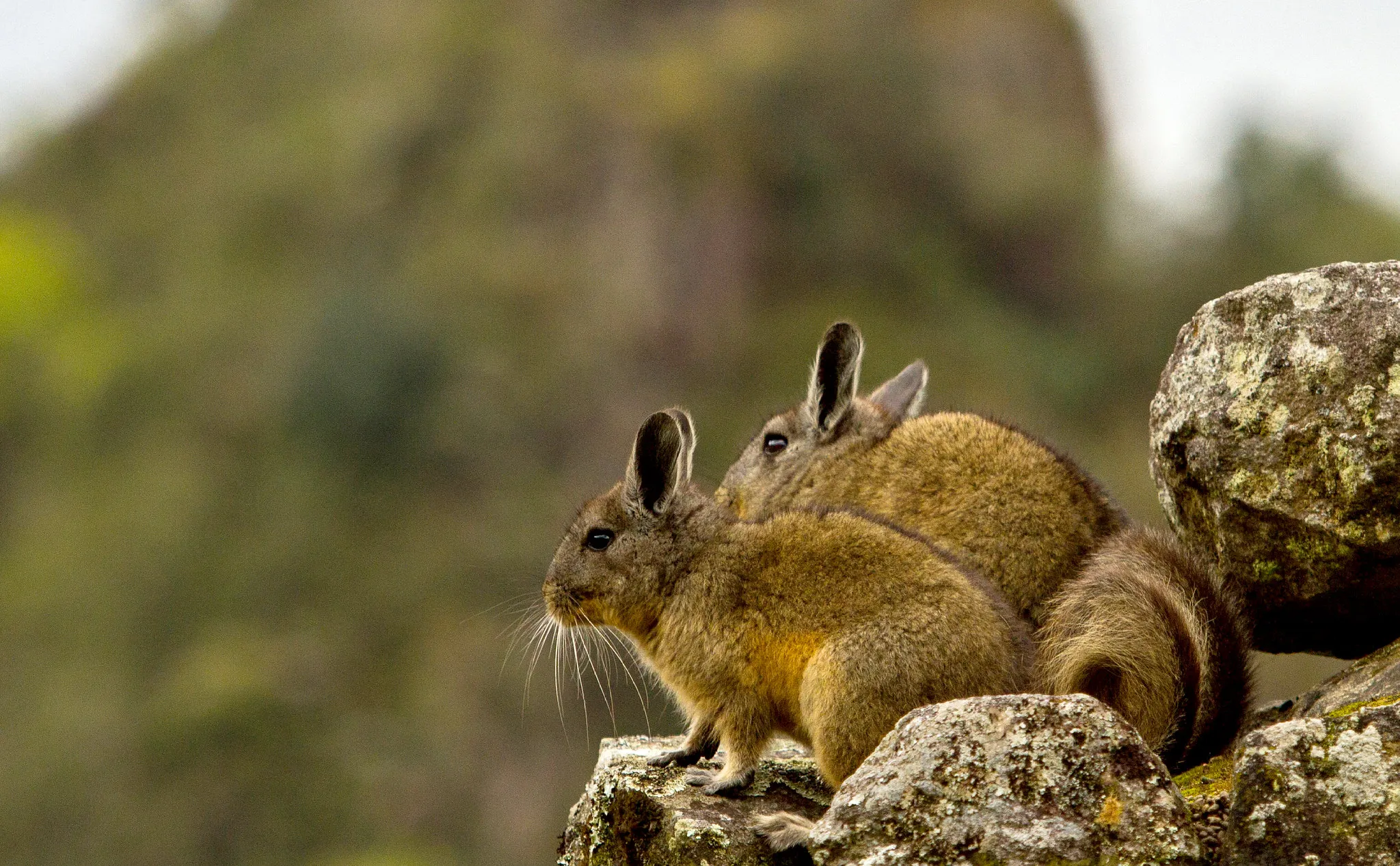
Hamster:
Burrows in grasslands, steppes, and deserts across Europe and Asia.
Guinea Pig:
Native to South America, prefers grassy plains and forest edges.
Gerbil:
Inhabits arid regions, deserts, and grasslands across Africa, Asia, and the Middle East.
Chinchilla:
Native to the Andes Mountains in South America, inhabiting rocky, high-altitude environments.
13. Tracks:
Hamster:
Tracks reveal distinctive patterns of burrowing and surface movements.
Guinea Pig:
Tracks may show signs of grazing and areas where they rest.
Gerbil:
Tracks often indicate burrow entrances and foraging paths.
Chinchilla:
Tracks may be found in rocky terrain, showcasing their climbing and jumping behaviors.
Ecological Implications:
The specific adaptations and habitat preferences of each species contribute to their ecological roles, influencing vegetation, soil structure, and overall ecosystem dynamics in their respective regions.
Tracking these animals in the wild helps researchers understand their behavior, movement patterns, and interactions with the environment.
14. Lifespan:
Hamster:
Typically lives 2 to 3 years in captivity.
Guinea Pig:
Averages 5 to 7 years, but some may live longer.
Gerbil:
Usually lives 2 to 4 years as a pet.
Chinchilla:
Longer lifespan, ranging from 10 to 20 years in captivity.
15. Mode of Feeding:
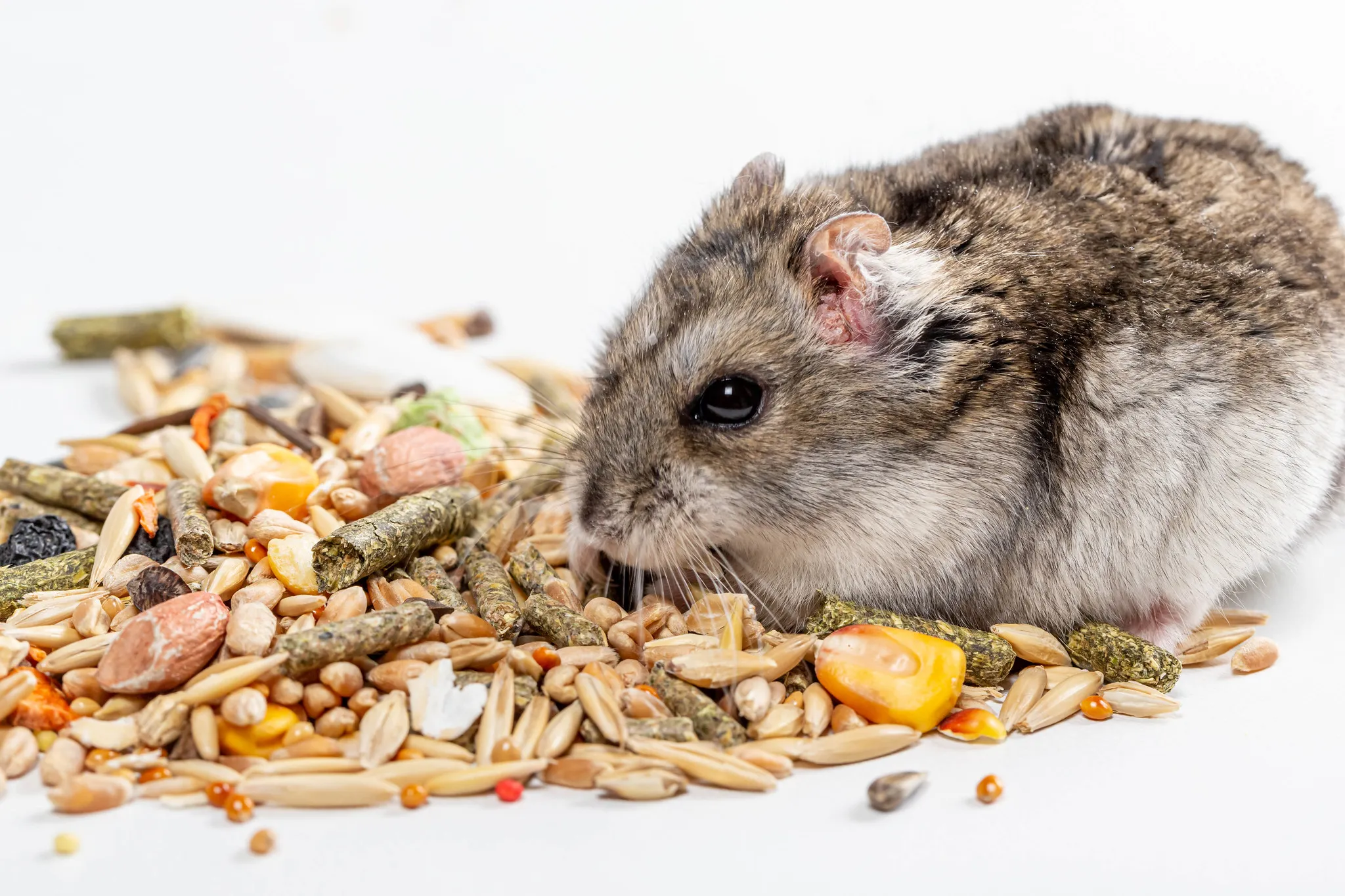
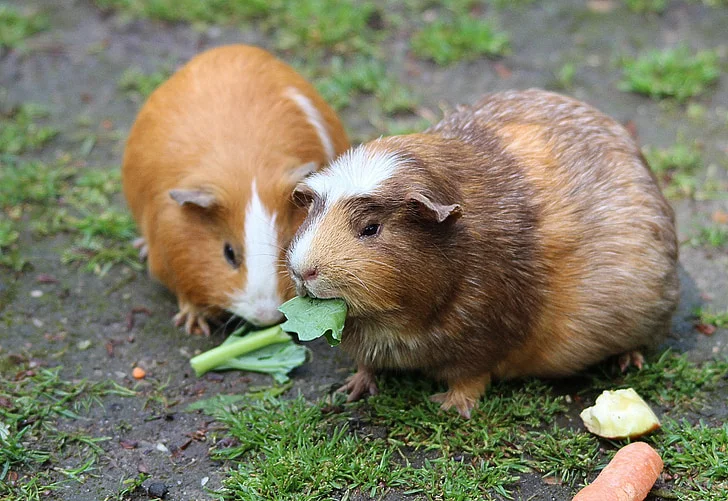
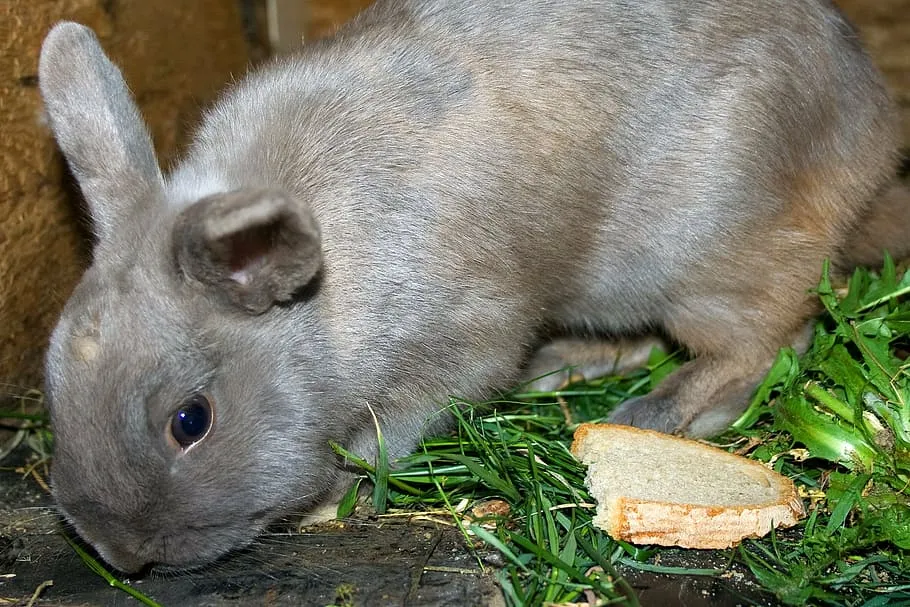
Hamster:
Omnivores, consuming a mix of seeds, fruits, and insects in the wild.
Guinea Pig:
Herbivores, primarily eating grasses and hay, supplemented with vegetables.
Gerbil:
Omnivores with a diet consisting of seeds, grains, and occasional insects.
Chinchilla:
Herbivores, feeding on vegetation such as grasses and leaves.
16. Intelligence:
Hamster:
Limited problem-solving skills, mainly focused on survival instincts.
Guinea Pig:
Socially intelligent, capable of learning simple tasks and recognizing their owners.
Gerbil:
Display problem-solving abilities, and some species exhibit social intelligence.
Chinchilla:
Intelligent and curious, capable of learning routines and recognizing their environment.
17. Social Behavior:
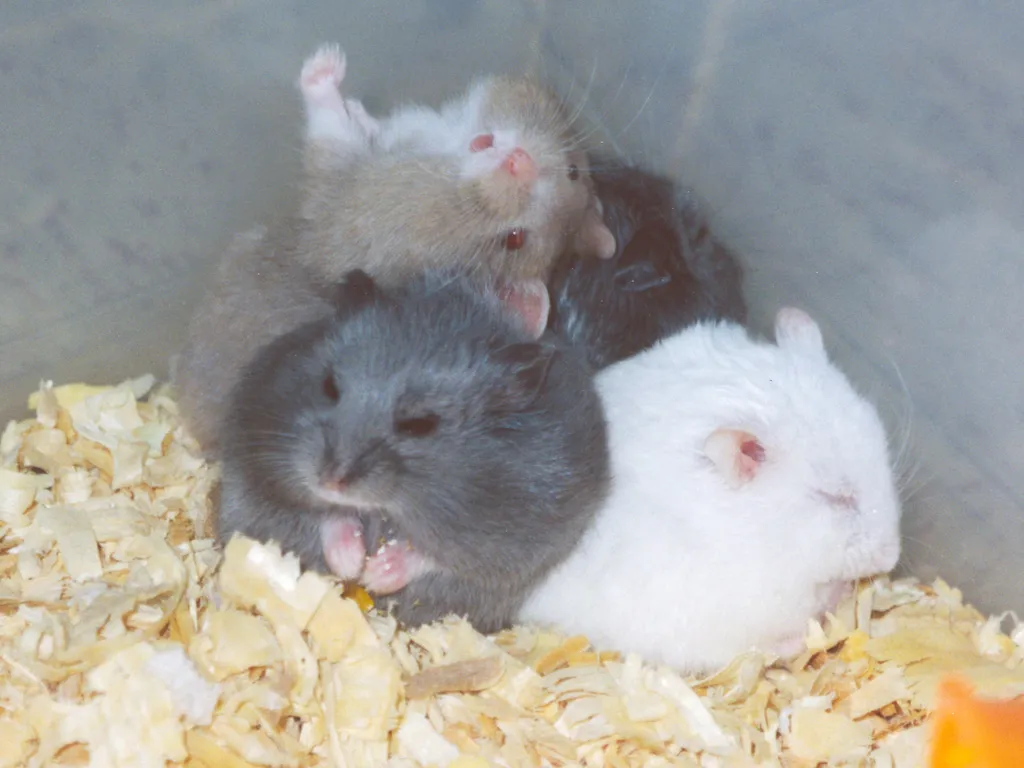
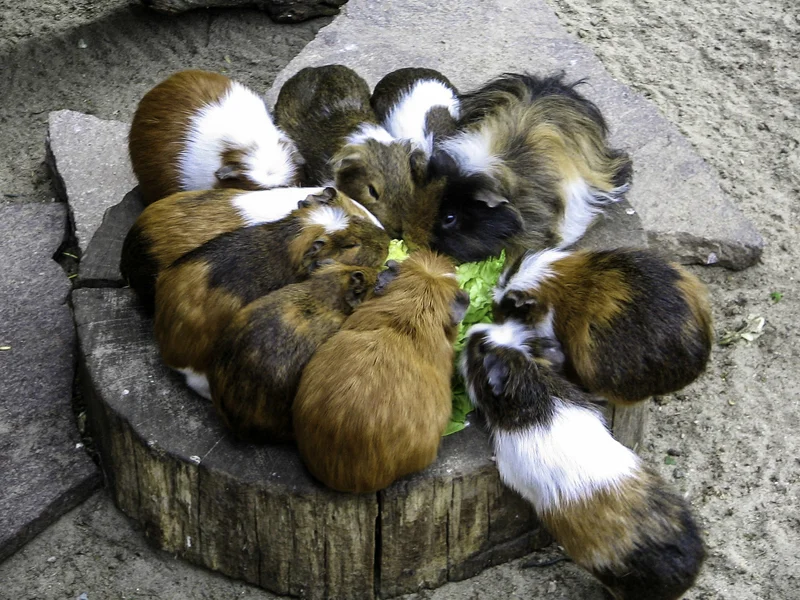
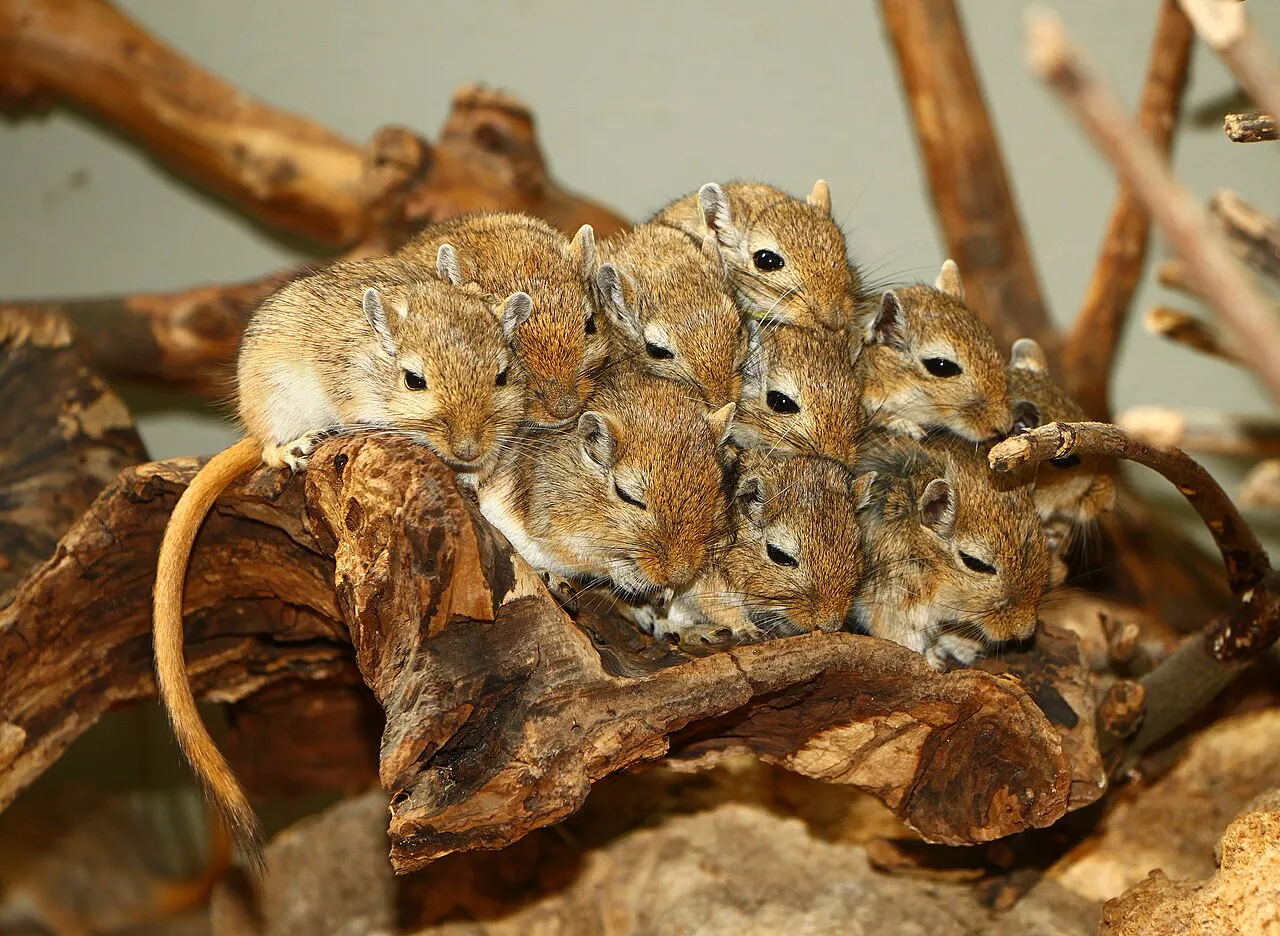
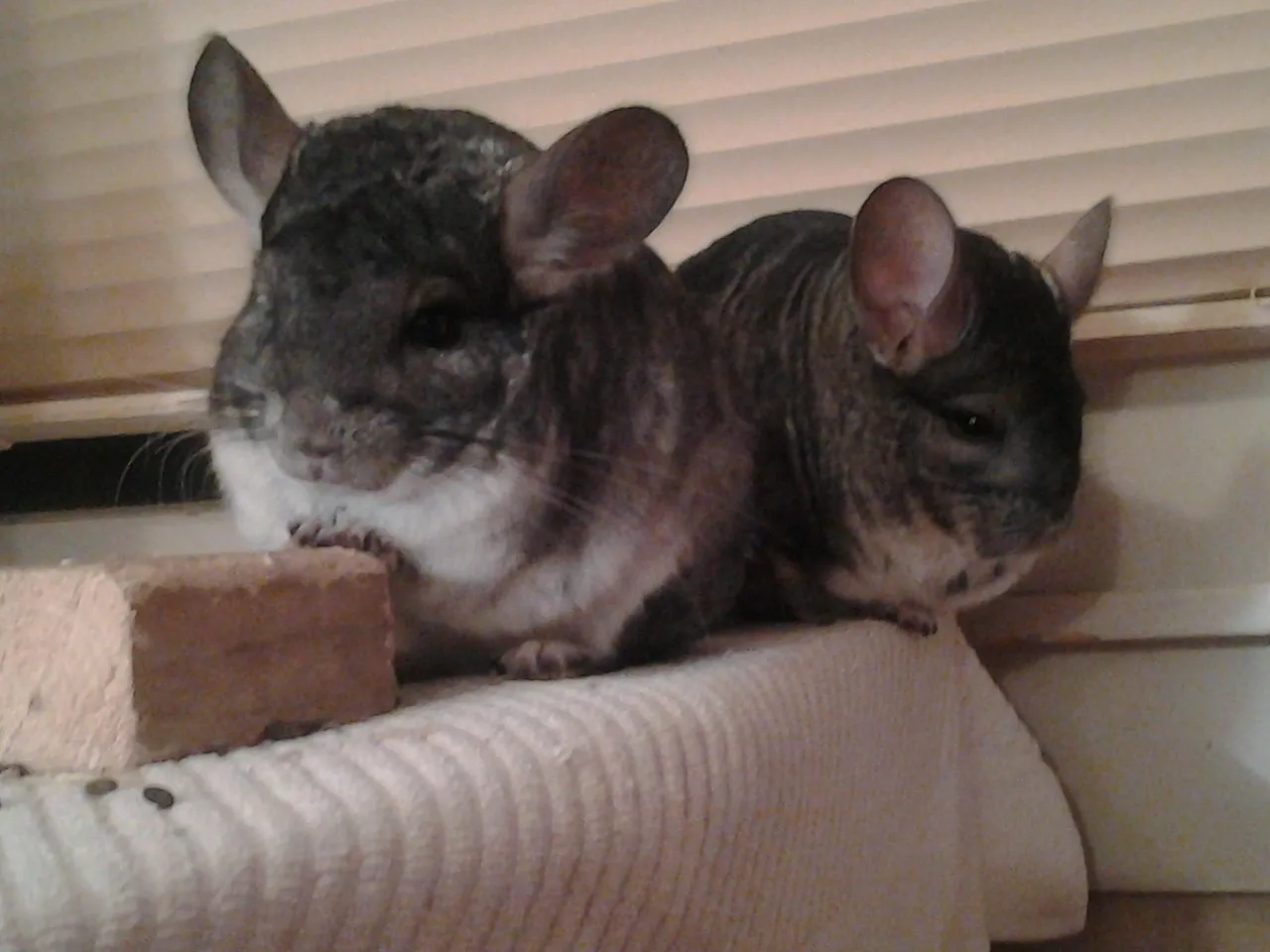
Hamster:
Generally solitary animals; some species may exhibit territorial behavior.
Guinea Pig:
Social animals, thrive in pairs or groups, displaying social interactions and communication.
Gerbil:
Highly social, prefer living in pairs or groups, exhibiting cooperative behaviors.
Chinchilla:
Social animals, but may exhibit territorial behavior, especially during mating seasons.
Ecological Implications:
Lifespan and feeding habits influence population dynamics, energy flow, and nutrient cycling within ecosystems.
Social behaviors impact group dynamics and reproductive success, contributing to the overall structure of the species’ populations in the wild.
18. Mode of Reproduction:
Hamster:
Reproduces rapidly, with a short gestation period, and may have multiple litters in a year.
Guinea Pig:
Typically has a longer gestation period and gives birth to fewer offspring per litter.
Gerbil:
Reproduces quickly, with a short gestation period, and may have multiple litters in a year.
Chinchilla:
Has a relatively long gestation period, and typically gives birth to one or two offspring per litter.
19. Parental Behavior:
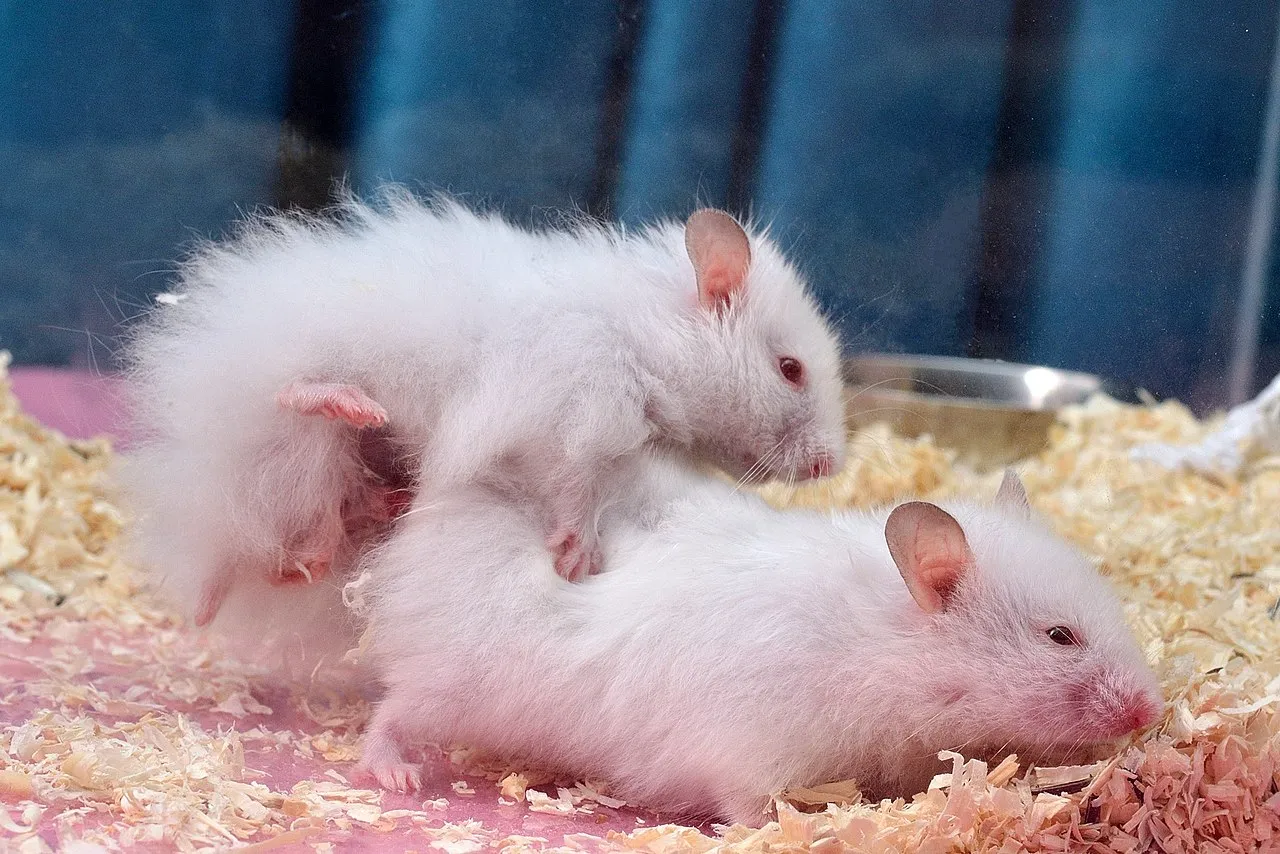
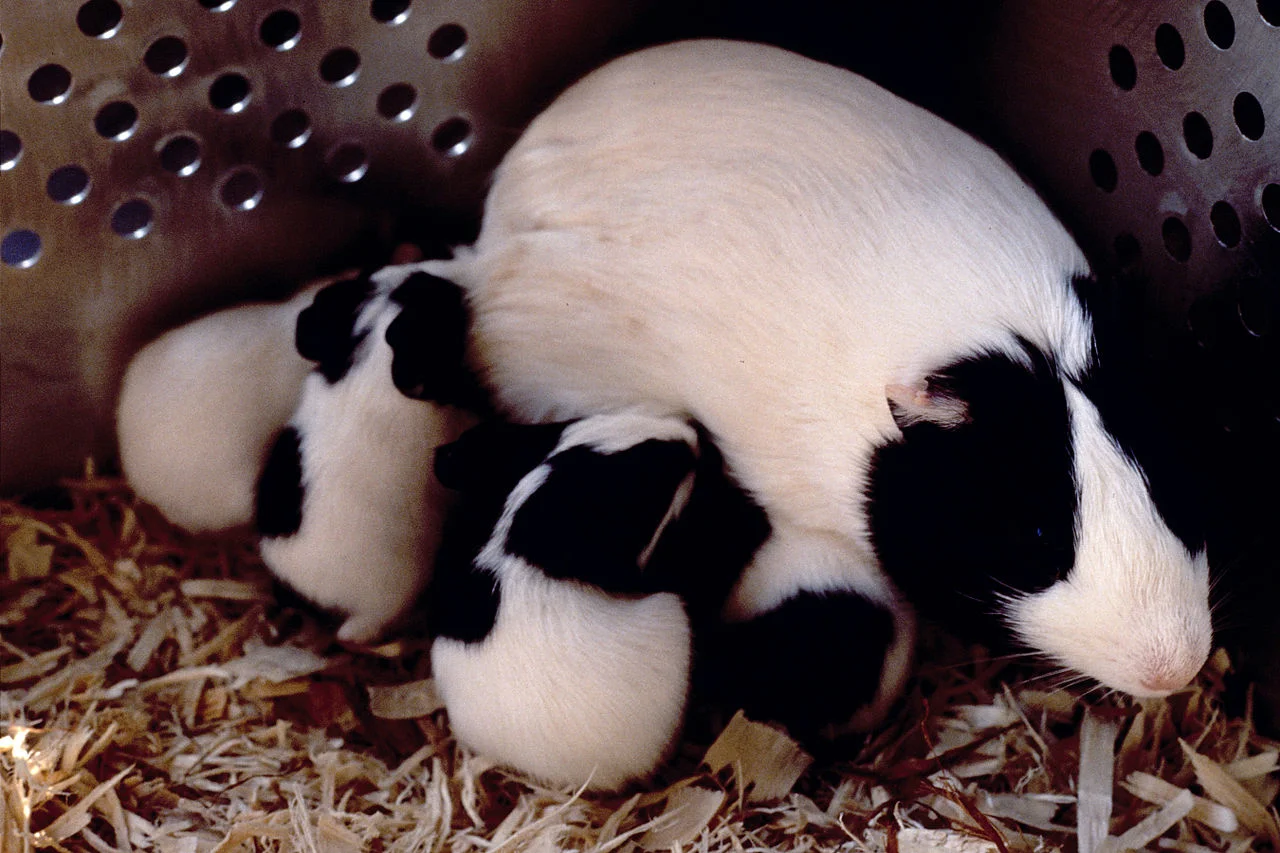
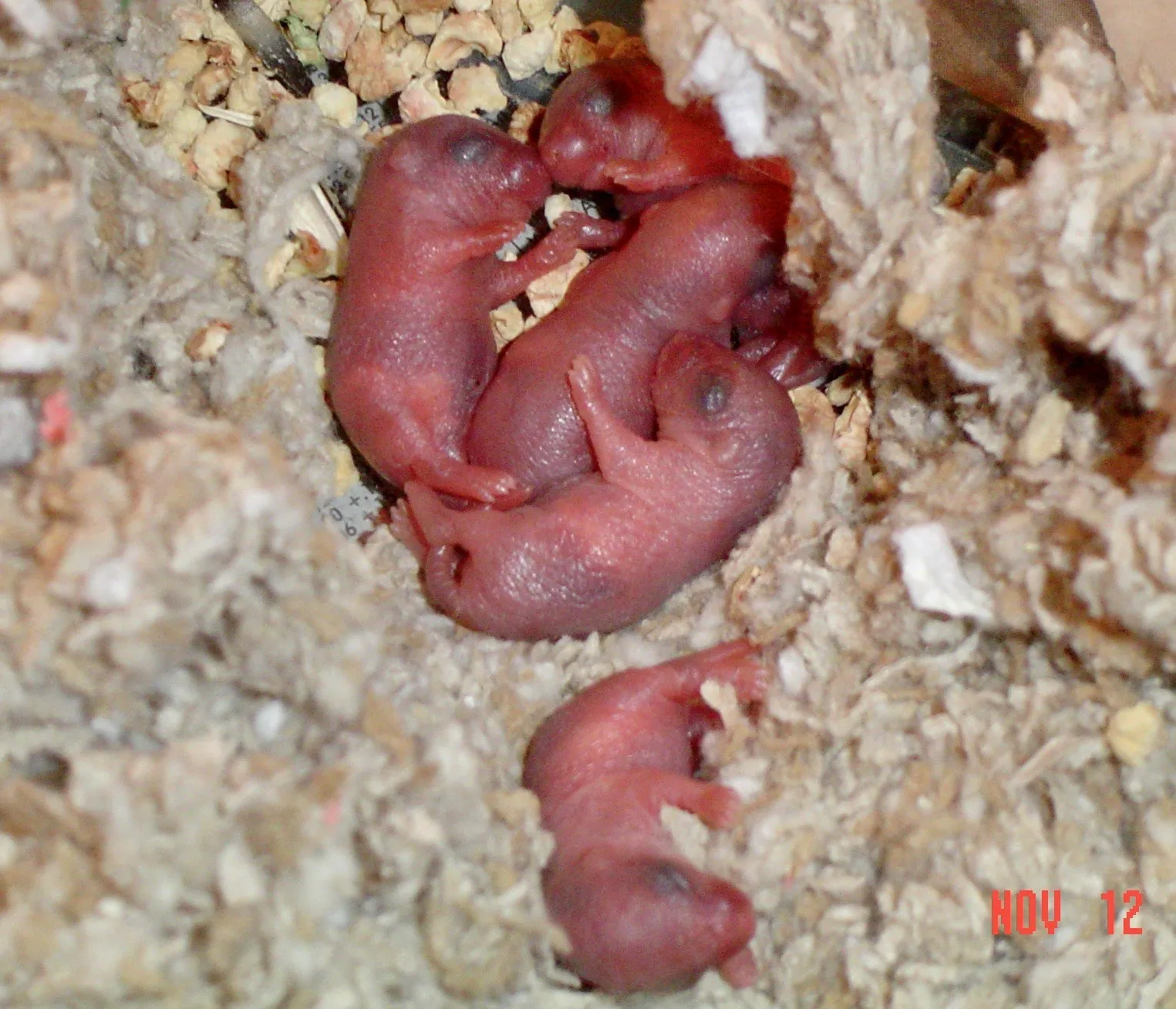
Hamster:
Mothers are often protective and may display aggressive behavior to safeguard their young.
Guinea Pig:
Exhibits nurturing behavior, with both parents participating in caring for the offspring.
Gerbil:
Both parents participate in caring for the young, displaying cooperative parental behavior.
Chinchilla:
Females are typically attentive mothers, providing care and protection to their offspring.
20. Proximity to Human-Inhabited Areas:
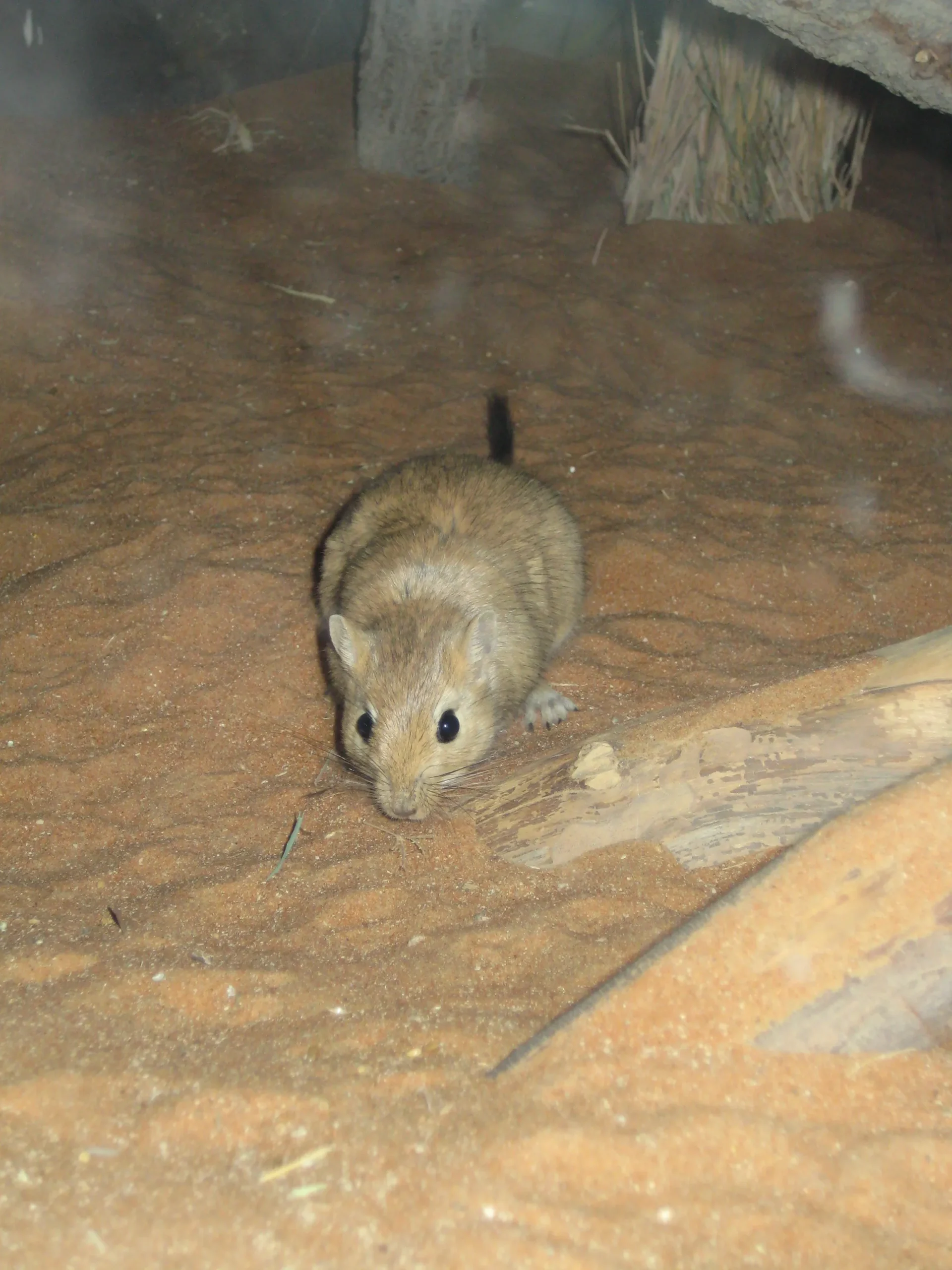
Hamster:
Commonly found in close proximity to human settlements, often considered pests.
Guinea Pig:
Domesticated guinea pigs are kept as pets worldwide, residing in human homes.
Gerbil:
Domesticated gerbils are popular as pets, and wild gerbils may be found in human-altered landscapes.
Chinchilla:
Kept as pets, but wild chinchilla populations are primarily found in their natural habitats.
21. Behavior Toward Humans:
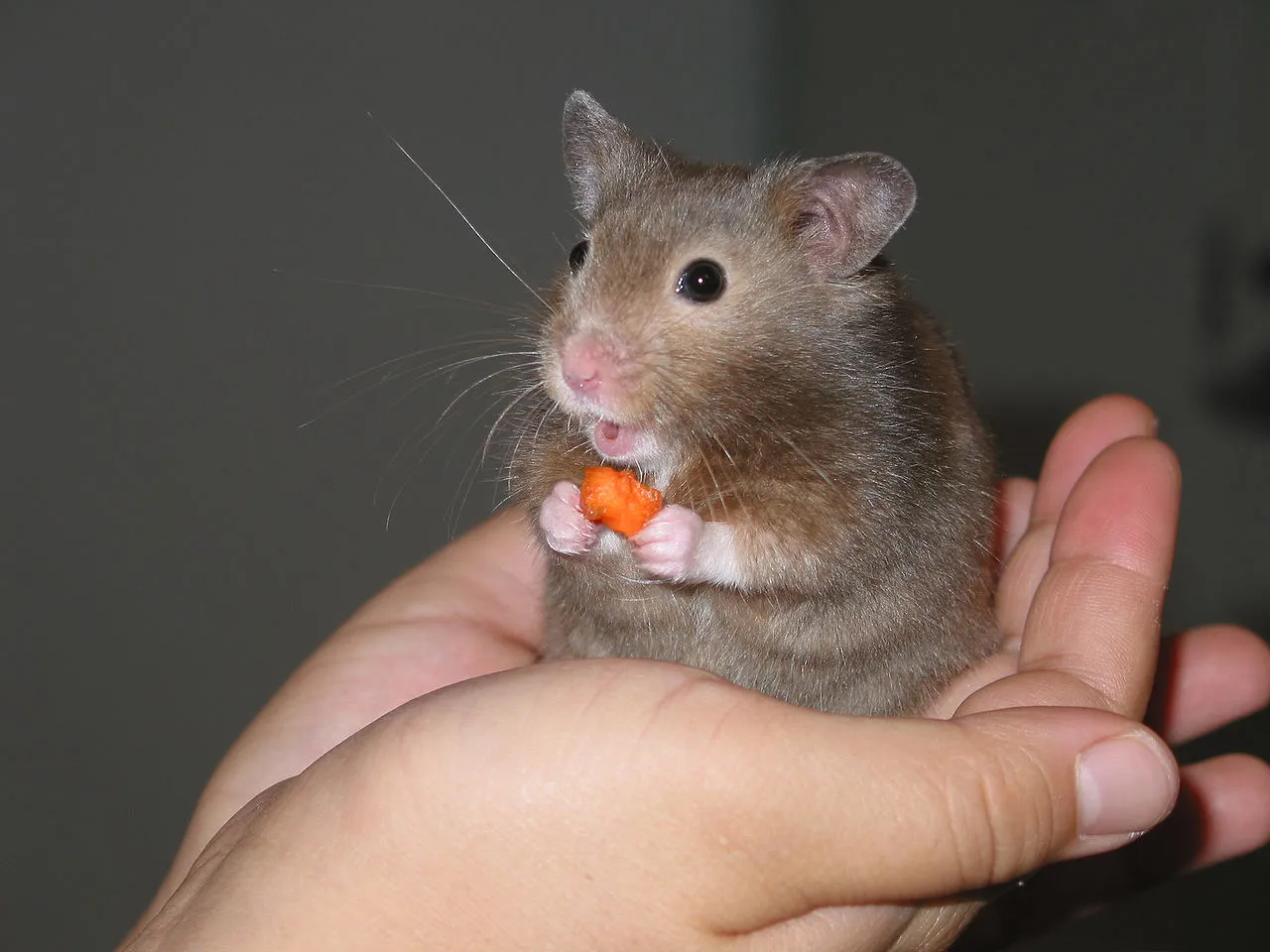
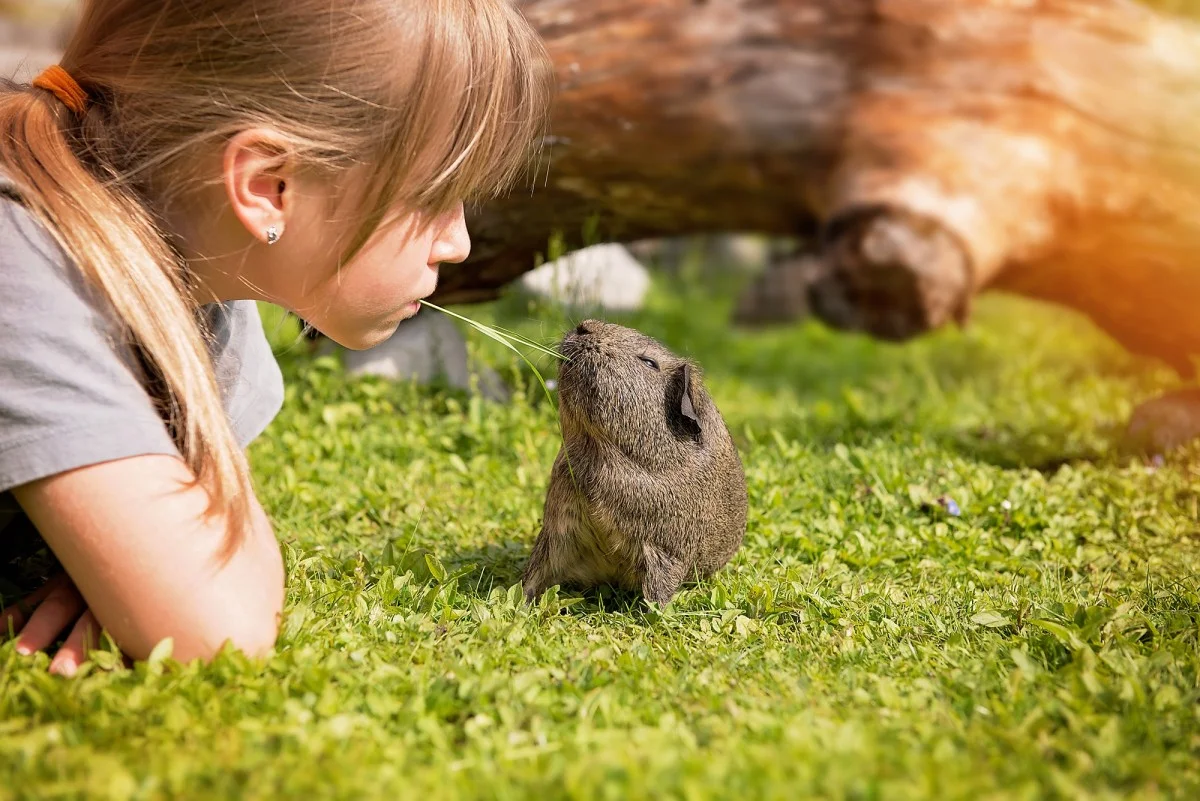
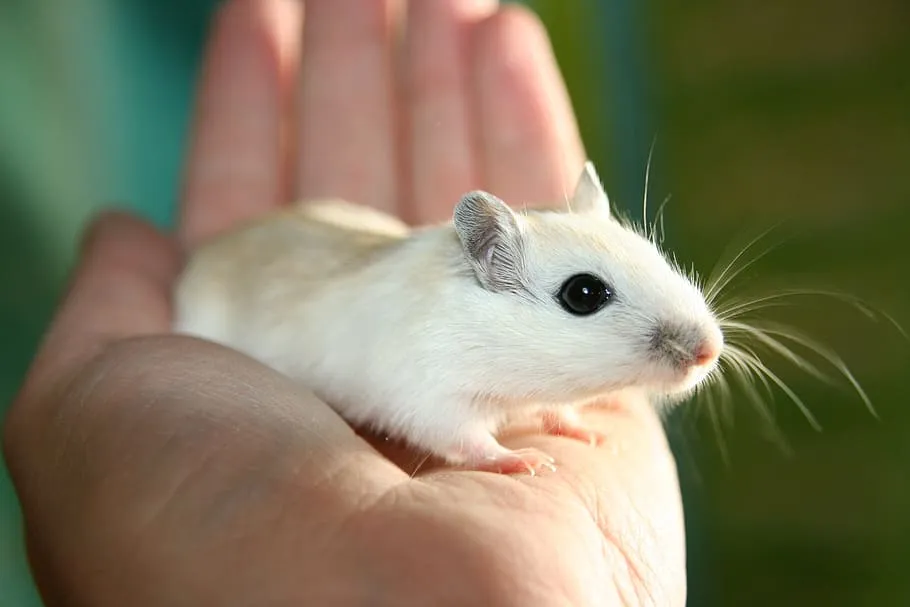
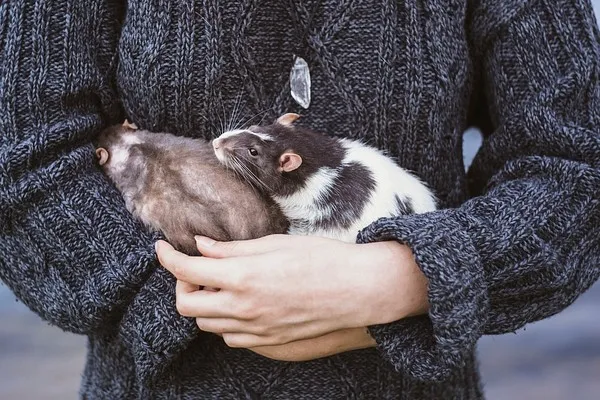
Hamster:
Can be territorial and may display defensive behavior if they feel threatened.
Guinea Pig:
Generally gentle and sociable, often forming bonds with their human caregivers.
Gerbil:
Social and curious, gerbils can become tame and enjoy interaction with their human owners.
Chinchilla:
Tends to be more reserved, may take time to build trust, but can become affectionate with consistent gentle handling.
Ecological Implications:
Reproductive strategies impact population dynamics and the potential ecological footprint of these species in their natural habitats.
The proximity to human-inhabited areas and behavior toward humans can influence conservation efforts, habitat preservation, and the management of potential conflicts between these animals and humans.
22. Danger Posed to Humans:
Hamster:
Generally not dangerous, but may bite if feeling threatened or cornered.
Guinea Pig:
Rarely poses a danger to humans; known for their gentle and docile nature.
Gerbil:
Generally not dangerous, but may bite if mishandled or stressed.
Chinchilla:
Unlikely to be dangerous, but may bite if frightened or agitated.
23. Associated Precautions:
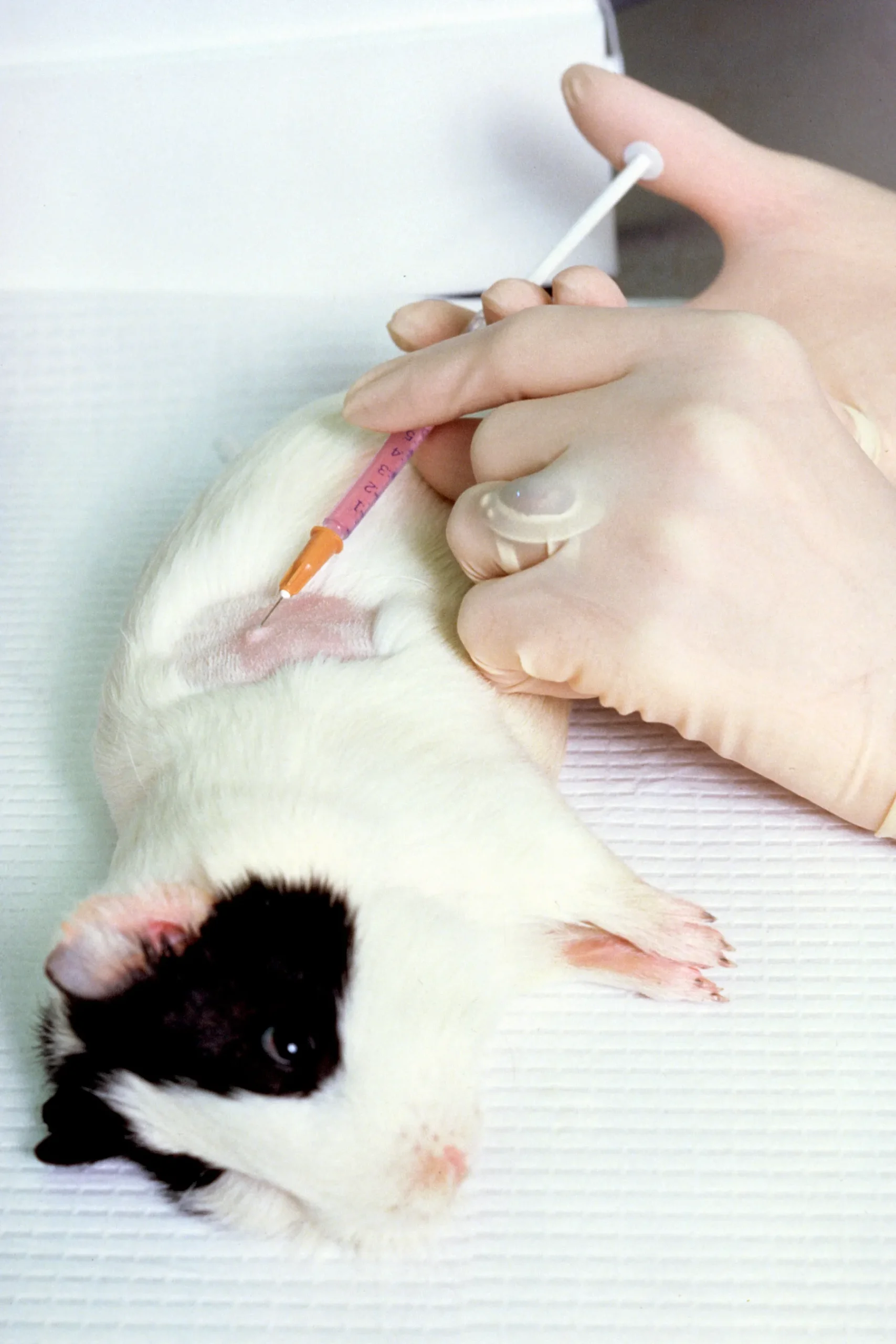
Hamster:
Handle with care to avoid stress and potential bites; provide a secure and escape-proof enclosure.
Guinea Pig:
Ensure a safe environment with appropriate handling; monitor for signs of illness or stress.
Gerbil:
Handle gently to avoid stress and bites; provide a secure cage with proper ventilation.
Chinchilla:
Approach with patience to build trust; ensure a secure cage with opportunities for climbing and hiding.
24. Conservation Status:
Hamster:
Conservation status varies among species; some are of least concern, while others may be endangered.
Guinea Pig:
Domesticated and not considered a conservation concern; wild populations are stable.
Gerbil:
Conservation status varies; some species are of least concern, while others may face threats in specific regions.
Chinchilla:
Wild chinchilla populations are at risk due to habitat loss and hunting; some species are critically endangered.
*Summary of Comparison
Taxonomy:
Hamster: Family Cricetidae, Subfamily Cricetinae, Genus Mesocricetus.
Guinea Pig: Family Caviidae, Genus Cavia.
Gerbil: Family Muridae, Subfamily Gerbillinae (Various genera like Meriones, Gerbillus).
Chinchilla: Family Chinchillidae, Genus Chinchilla.
Appearance:
Hamster: Compact body, short tail, cheek pouches.
Guinea Pig: Robust body, short nose, short smooth coat.
Gerbil: Slender body, long tail, large eyes, tufted tail.
Chinchilla: Small round body, dense soft fur, bushy tail.
Size:
Hamster: 5-7 inches.
Guinea Pig: 8-10 inches.
Gerbil: 4-12 inches (species-dependent).
Chinchilla: 9-15 inches.
Weight:
Hamster: 1-7 ounces.
Guinea Pig: 1.5-2.5 pounds.
Gerbil: 1-4 ounces.
Chinchilla: 1.5-2.5 pounds.
Dentition and Bite Force (PSI):
Hamster: Powerful bite for gnawing.
Guinea Pig: Less powerful bite.
Gerbil: Moderate bite force.
Chinchilla: Moderate bite adapted for chewing fibrous vegetation.
Physical Offensive Advantages:
Hamster: Agility and sharp incisors.
Guinea Pig: Limited offensive capabilities, reliance on social behavior.
Gerbil: Quick reflexes and escape abilities.
Chinchilla: Agility and jumping.
Physical Defensive Advantages:
Hamster: Cheek pouches for food storage.
Guinea Pig: Social behavior, vocalizations.
Gerbil: Burrowing skills, sand kicking.
Chinchilla: Dense fur for insulation, fur release.
Speed (Km/hour or Mile/hour):
Hamster: Up to 8 mph.
Guinea Pig: 5 mph.
Gerbil: 10 mph.
Chinchilla: 15 mph.
Agility:
Hamster: Excellent climbers, flexible.
Guinea Pig: Agile movement.
Gerbil: Highly agile, jumping.
Chinchilla: Exceptionally agile, climbing and jumping.
Senses:
Hamster: Good smell, hearing; poor eyesight.
Guinea Pig: Excellent hearing, smell; limited eyesight.
Gerbil: Good hearing, eyesight, keen smell.
Chinchilla: Excellent hearing, eyesight, good smell.
Overall Physical Capacity:
Hamster: Burrowing, climbing, running.
Guinea Pig: Navigating through vegetation, social interactions.
Gerbil: Agile, strong digging.
Chinchilla: Climbing, jumping in rocky environments.
Habitat Preference(s) and Geographic Region:
Hamster: Grasslands, steppes, deserts (Europe, Asia).
Guinea Pig: Grassy plains, forest edges (South America).
Gerbil: Arid regions, deserts, grasslands (Africa, Asia, Middle East).
Chinchilla: Andes Mountains (South America), high-altitude rocky areas.
Tracks:
Hamster: Indicate burrowing and surface movements.
Guinea Pig: Show signs of grazing and resting.
Gerbil: Indicate burrow entrances, foraging paths.
Chinchilla: Found in rocky terrain, showcasing climbing, jumping.
Lifespan:
Hamster: 2-3 years.
Guinea Pig: 5-7 years.
Gerbil: 2-4 years.
Chinchilla: 10-20 years.
Mode of Feeding:
Hamster: Omnivores.
Guinea Pig: Herbivores.
Gerbil: Omnivores.
Chinchilla: Herbivores.
Intelligence:
Hamster: Limited problem-solving.
Guinea Pig: Socially intelligent.
Gerbil: Problem-solving abilities.
Chinchilla: Intelligent and curious.
Social Behavior:
Hamster: Generally solitary.
Guinea Pig: Social animals.
Gerbil: Highly social.
Chinchilla: Social with territorial tendencies.
Mode of Reproduction:
Hamster: Rapid reproduction, short gestation.
Guinea Pig: Longer gestation, fewer offspring.
Gerbil: Rapid reproduction, short gestation.
Chinchilla: Longer gestation, fewer offspring.
Parental Behavior:
Hamster: Protective mothers.
Guinea Pig: Nurturing, both parents involved.
Gerbil: Cooperative parental behavior.
Chinchilla: Attentive mothers.
Proximity to Human-Inhabited Areas:
Hamster: Common in human settlements.
Guinea Pig: Domesticated as pets.
Gerbil: Domesticated as pets; wild in human-altered landscapes.
Chinchilla: Kept as pets, wild populations in natural habitats.
Behavior Toward Humans:
Hamster: Not dangerous but may bite if threatened.
Guinea Pig: Gentle and sociable.
Gerbil: Generally not dangerous, may bite if mishandled.
Chinchilla: Reserved, may bite if frightened.
Danger Posed to Humans:
Hamster: Generally not dangerous, may bite if threatened.
Guinea Pig: Rarely dangerous, gentle nature.
Gerbil: Generally not dangerous, may bite if stressed.
Chinchilla: Unlikely to be dangerous, may bite if agitated.
Associated Precautions:
Hamster: Handle with care, secure enclosure.
Guinea Pig: Safe handling, monitor health.
Gerbil: Gentle handling, secure cage.
Chinchilla: Patient approach, secure cage.
Conservation Status:
Hamster: Varies; some species may be endangered.
Guinea Pig: Not a conservation concern; stable populations.
Gerbil: Varies; some may face threats.
Chinchilla: Some species are critically endangered due to habitat loss and hunting.
Conclusion
-Similarities:
All four species are small mammals belonging to different taxonomic families.
They exhibit various adaptations for survival, such as burrowing, agility, and specific dentition for their diets.
-Differences:
Variances in size, weight, lifespan, and reproductive strategies highlight the diverse ecological niches these species occupy.
Behavioral differences, both in social interactions and responses to humans, contribute to their distinct roles in captivity and the wild.
